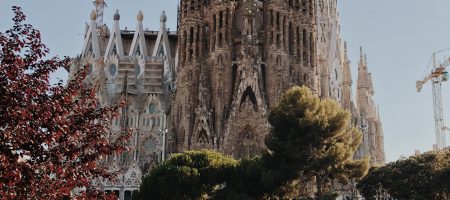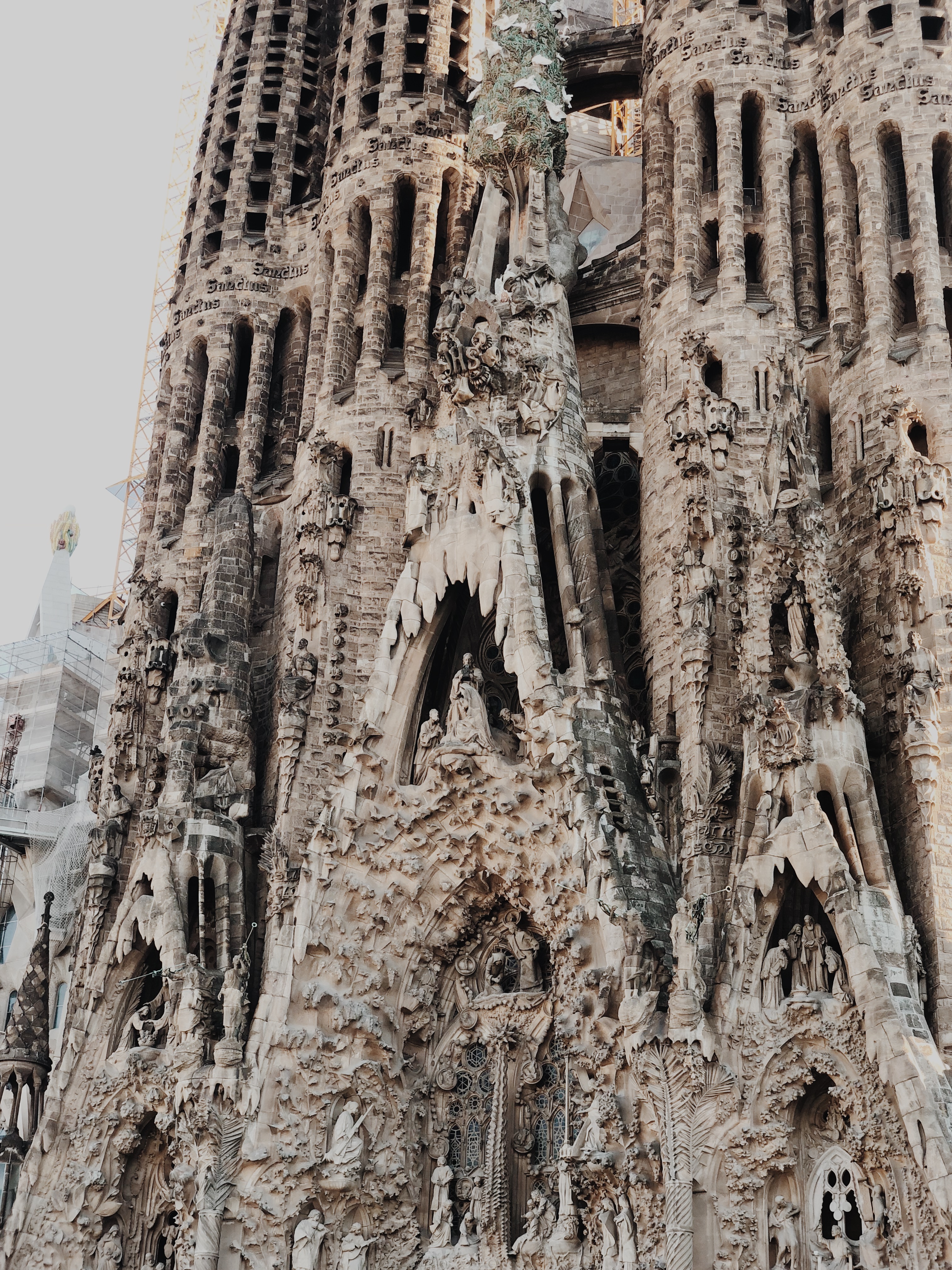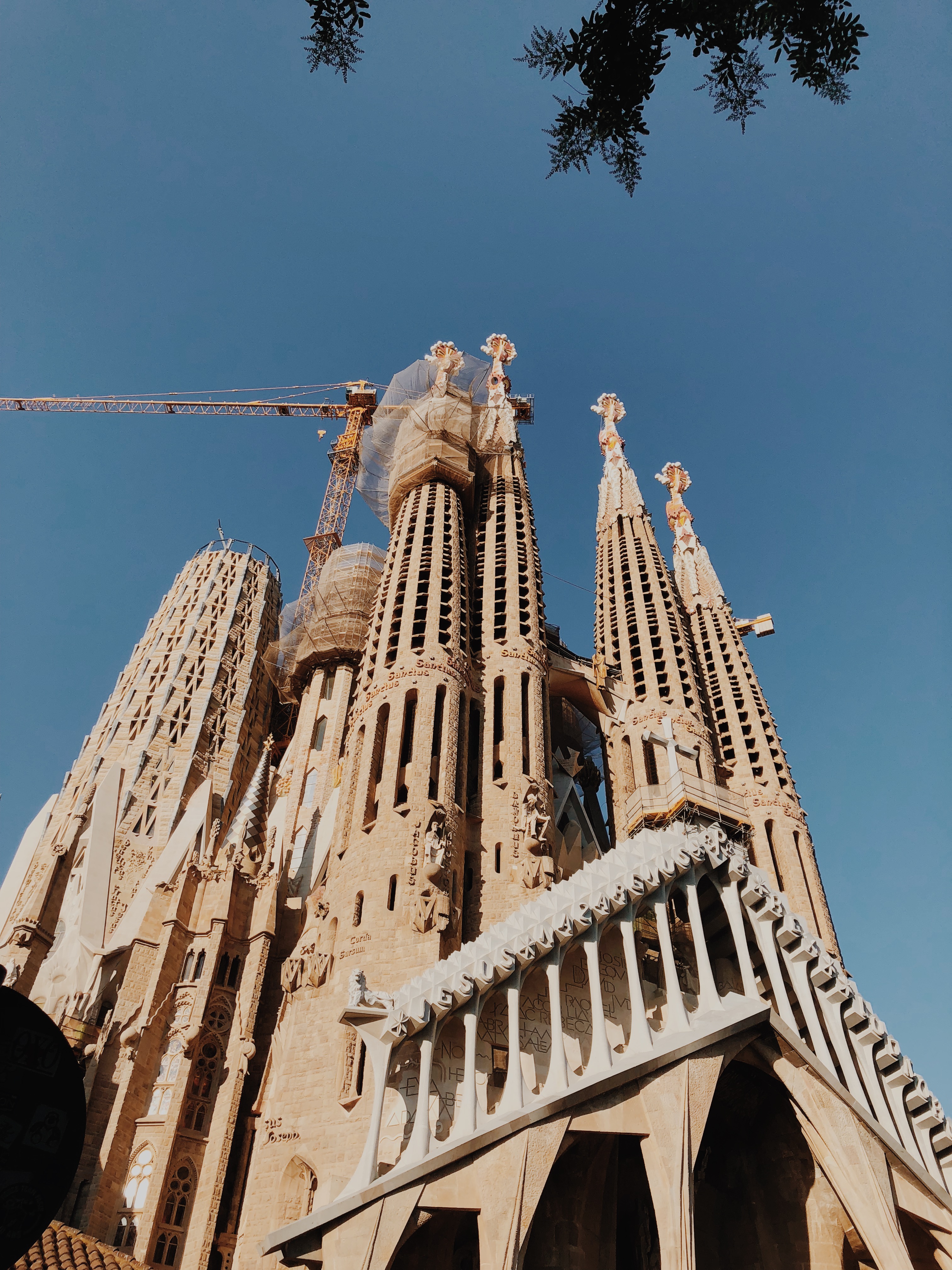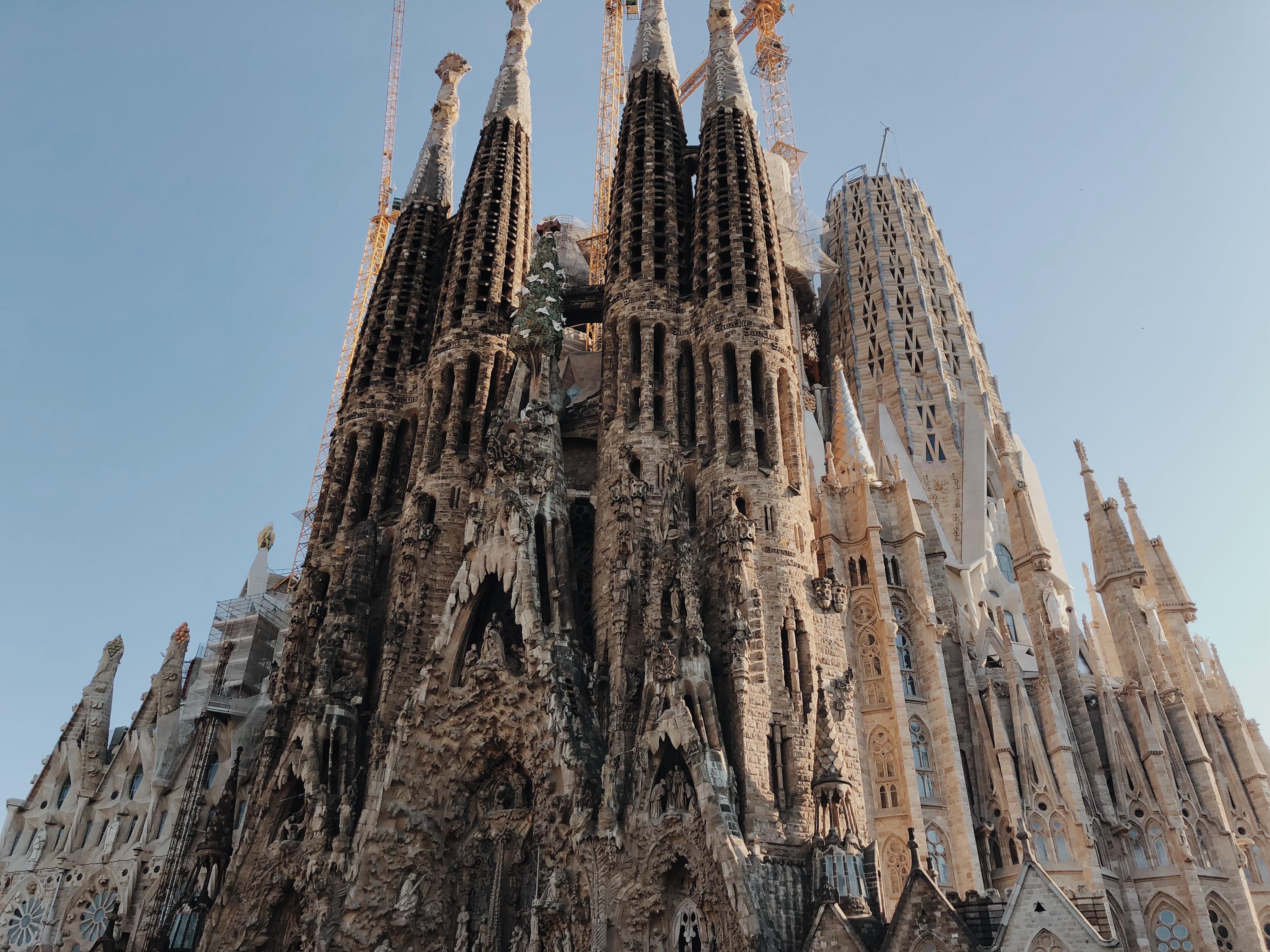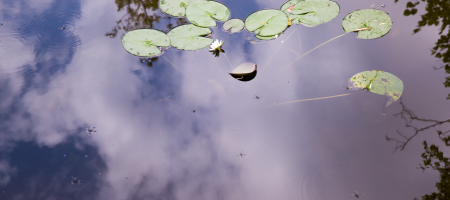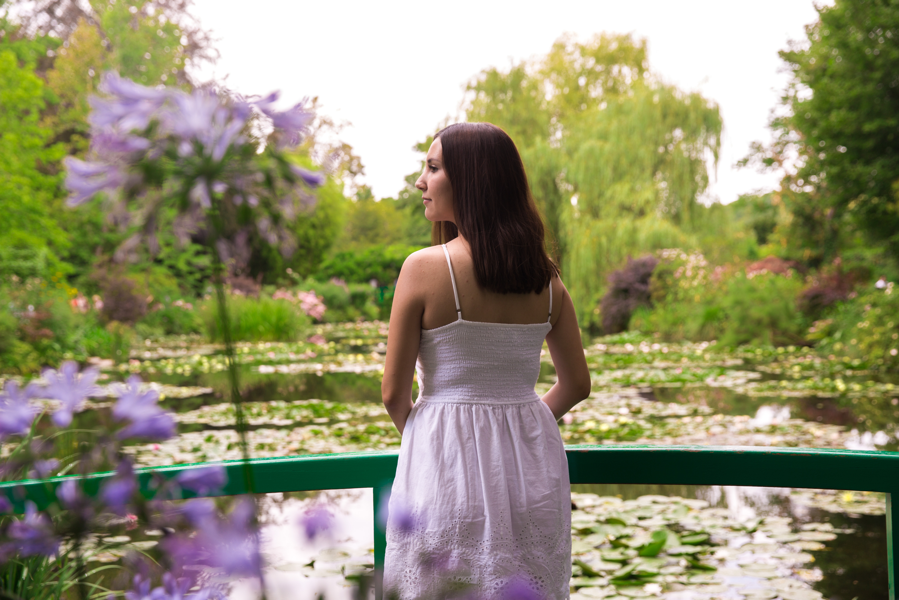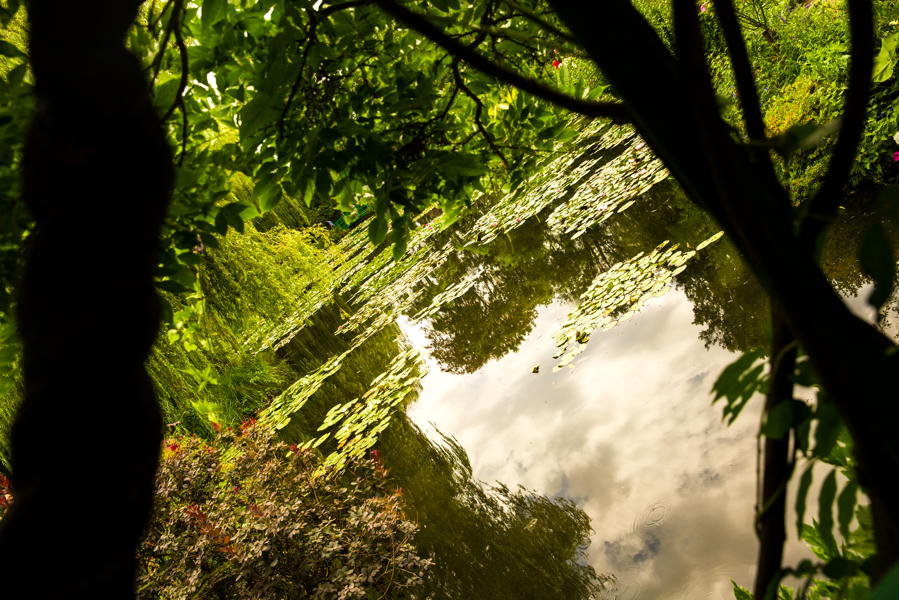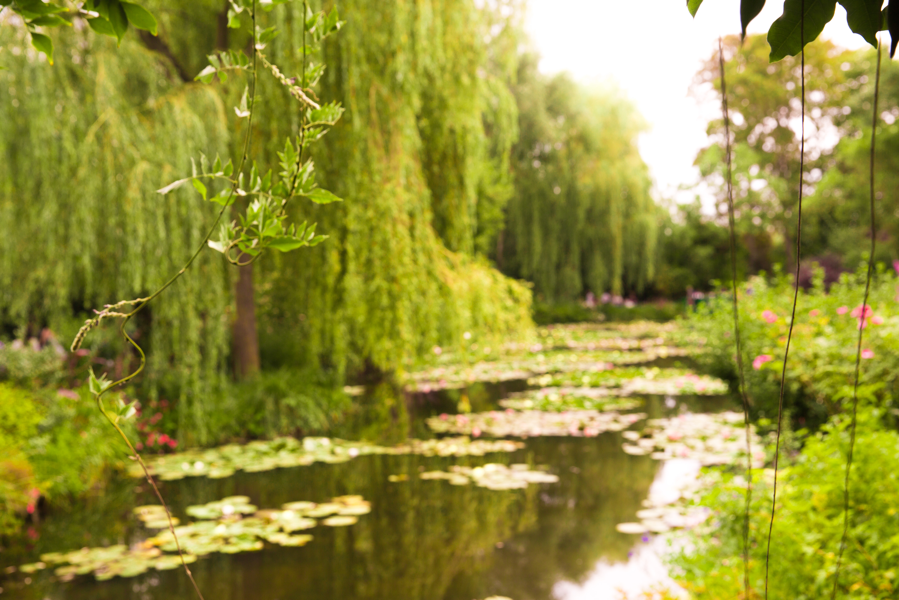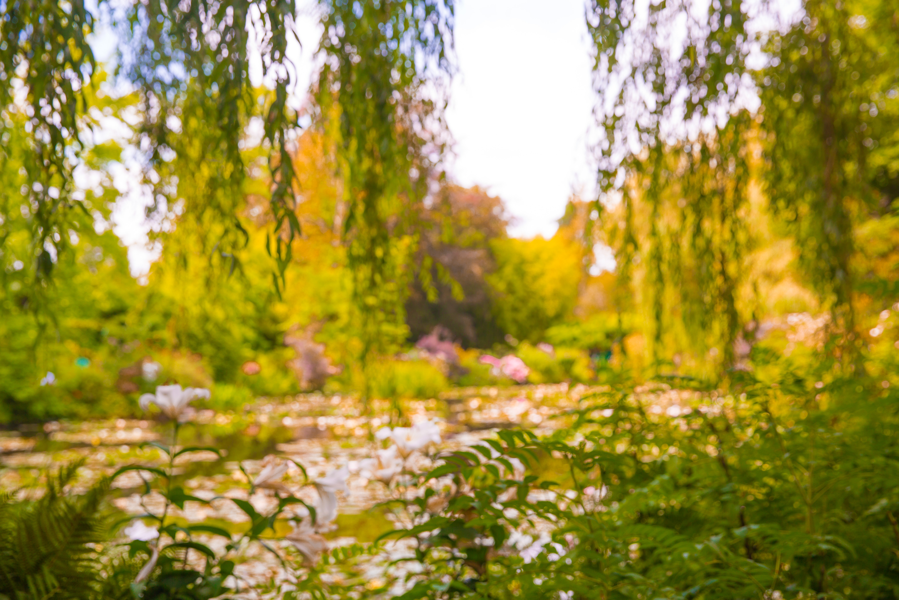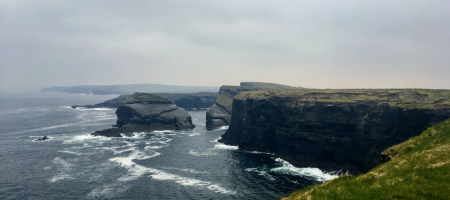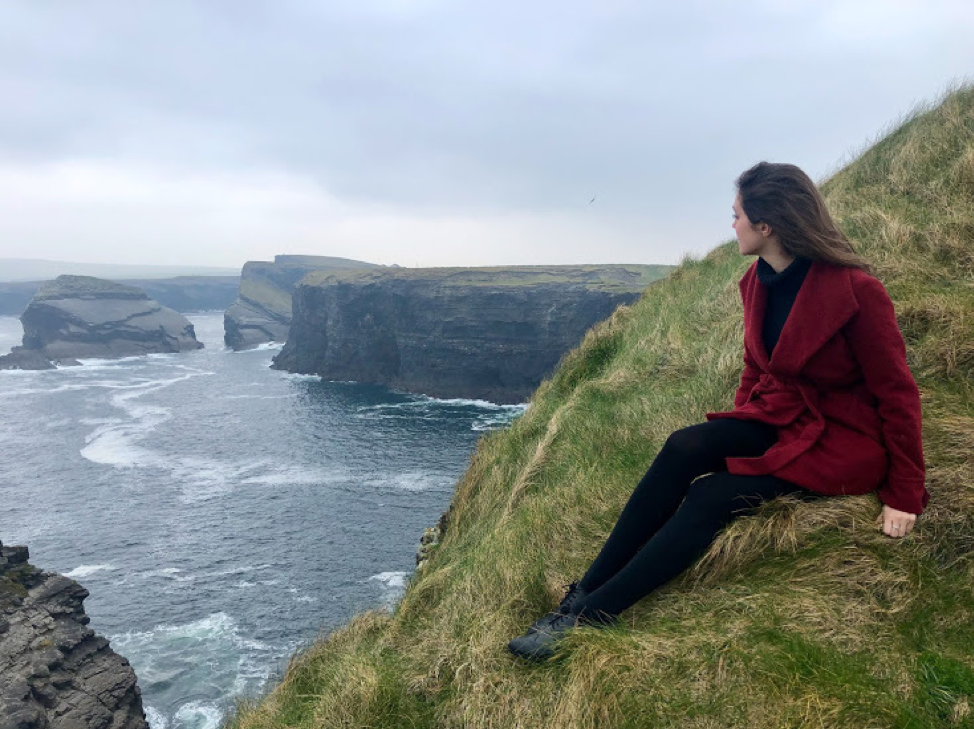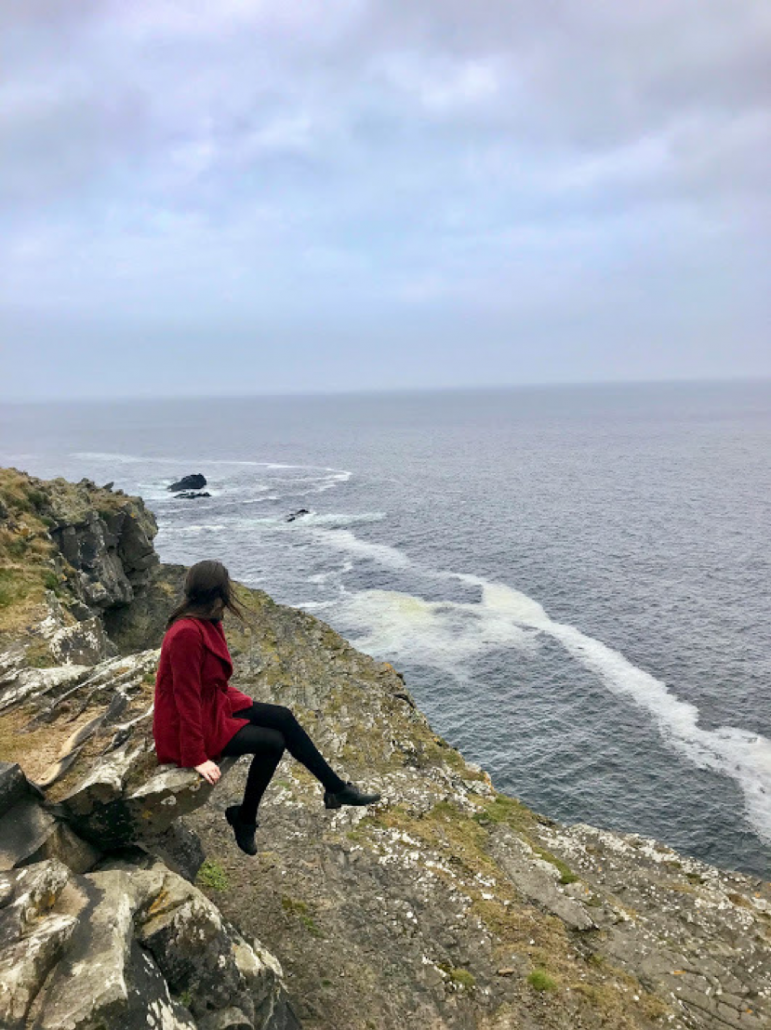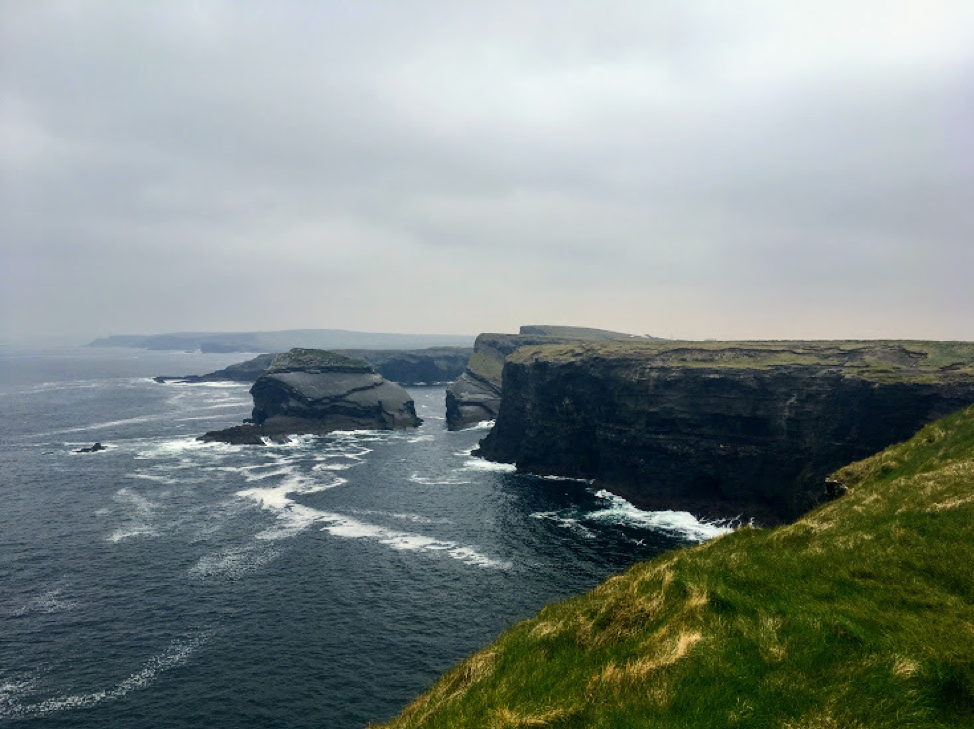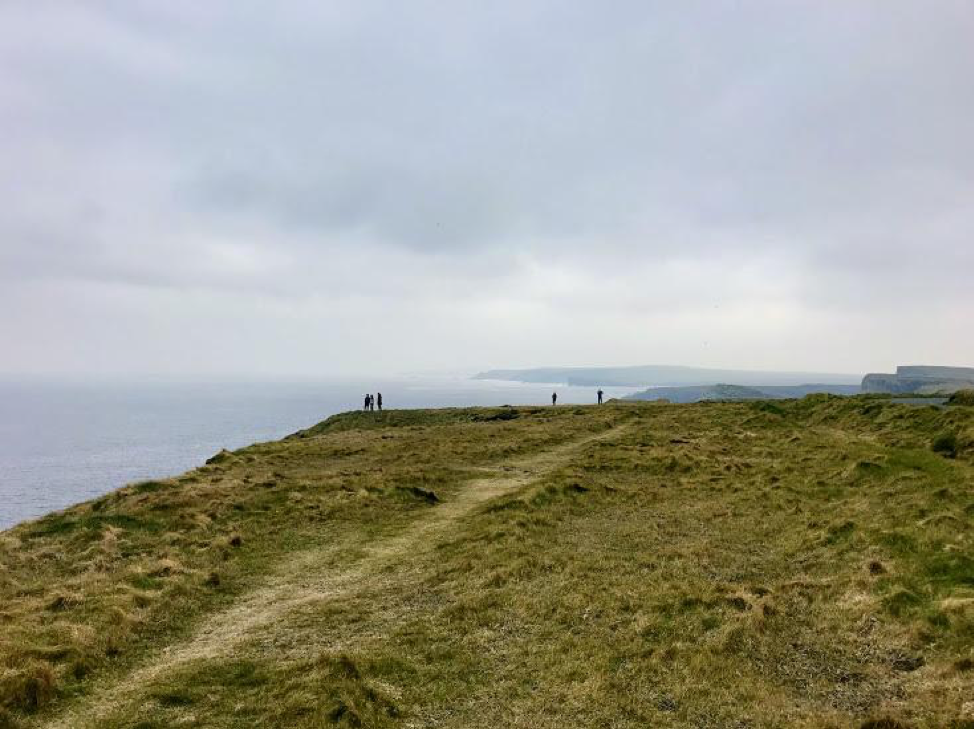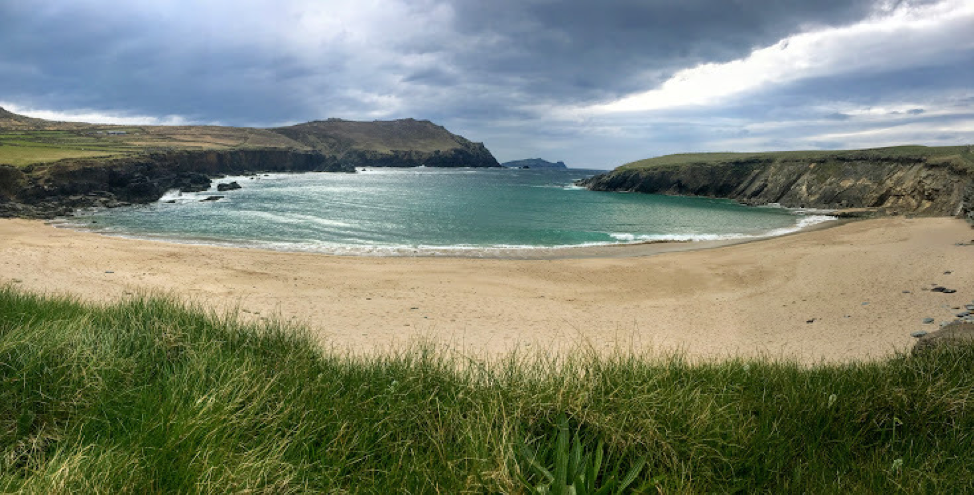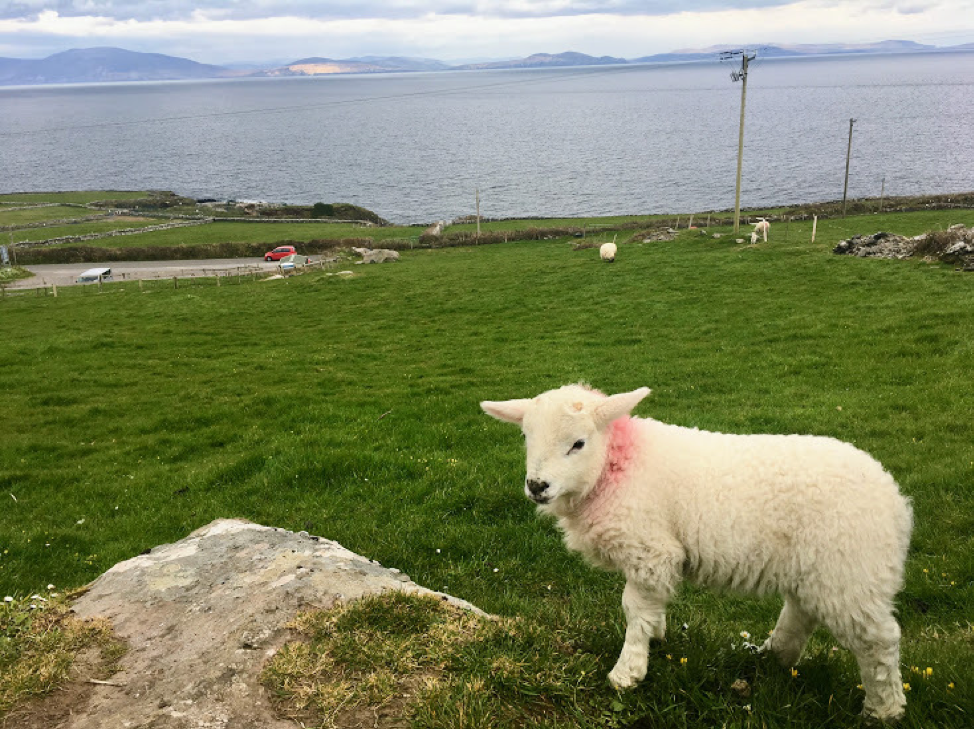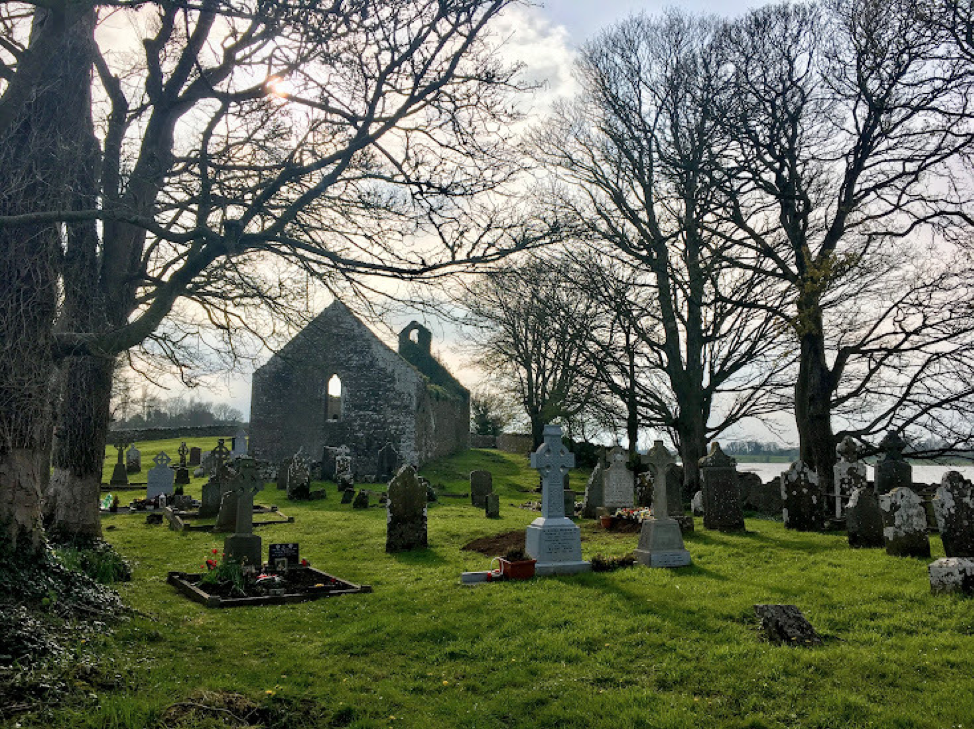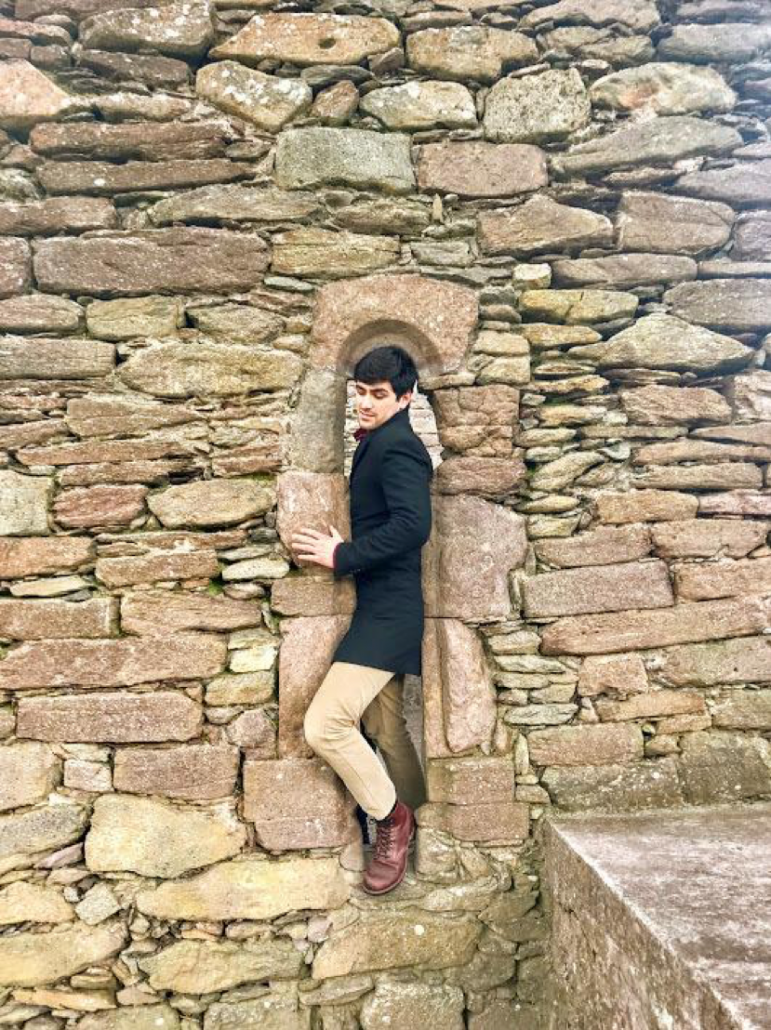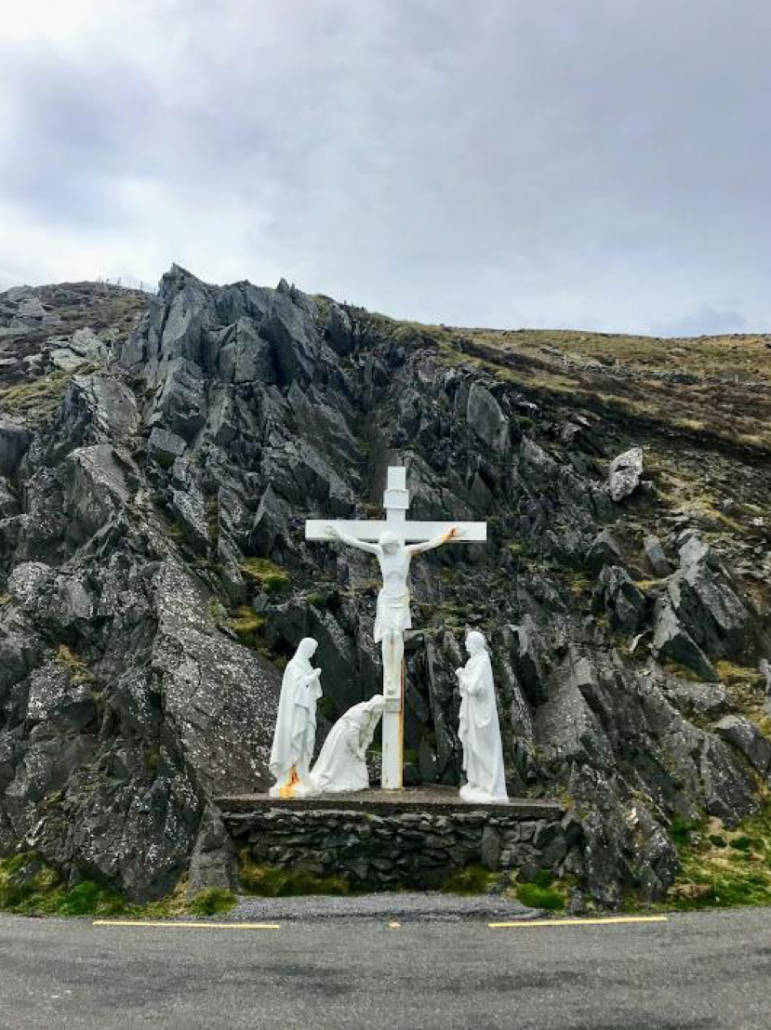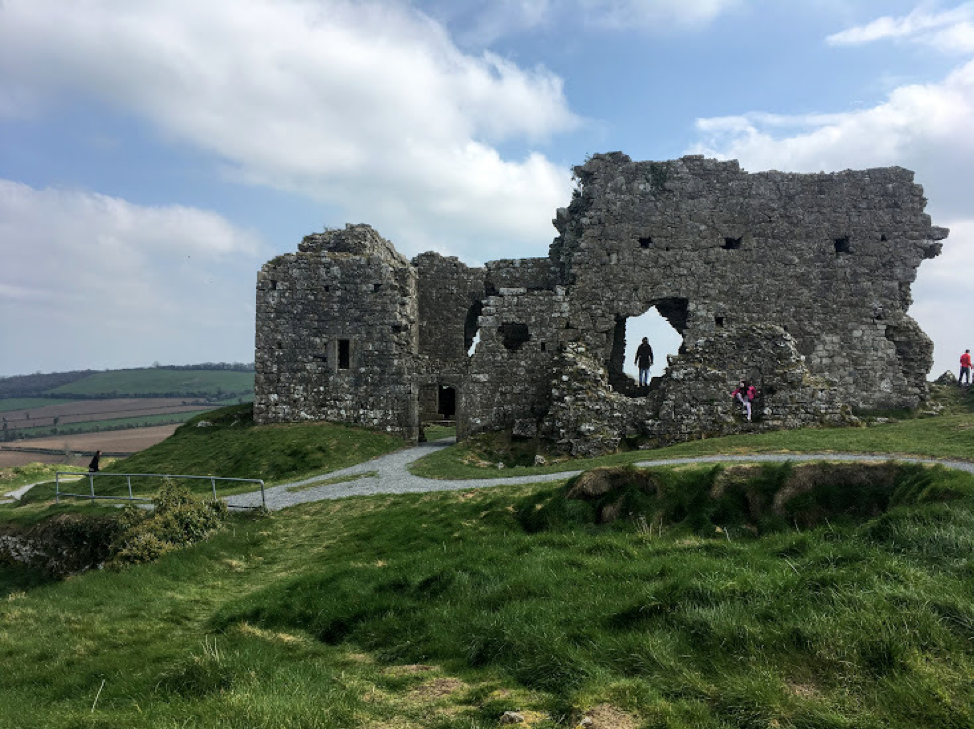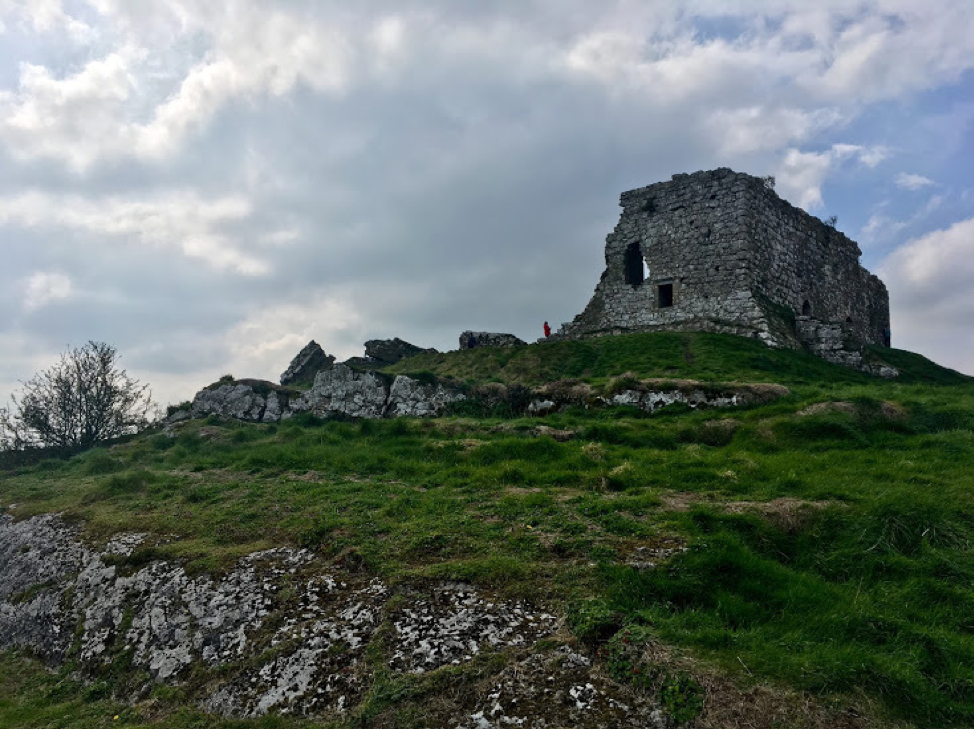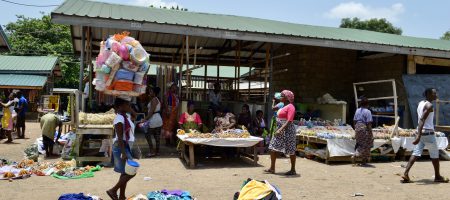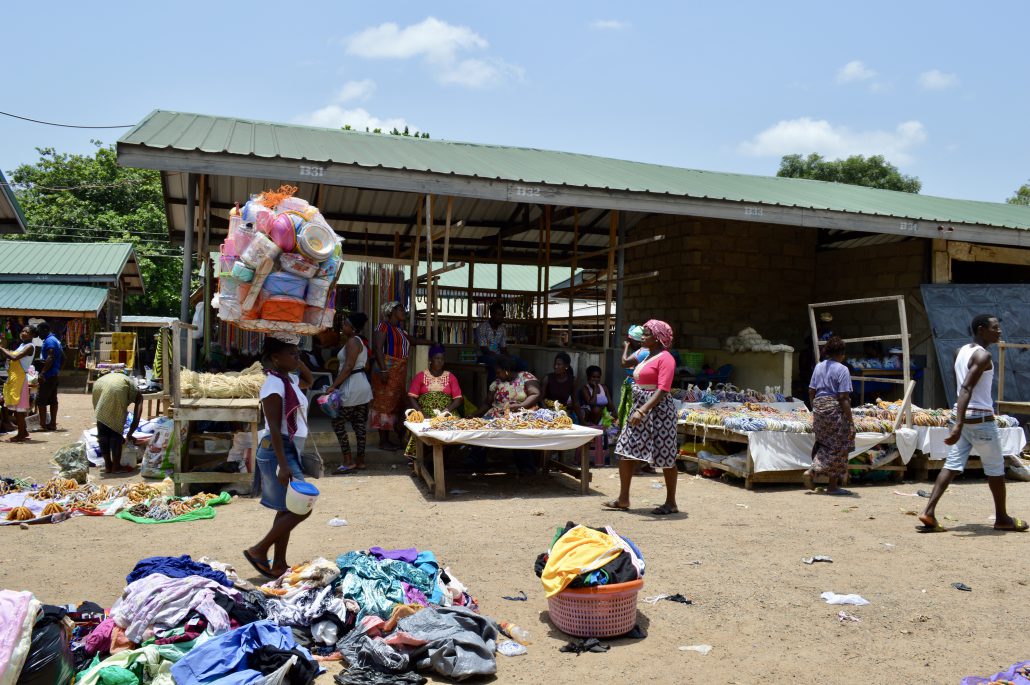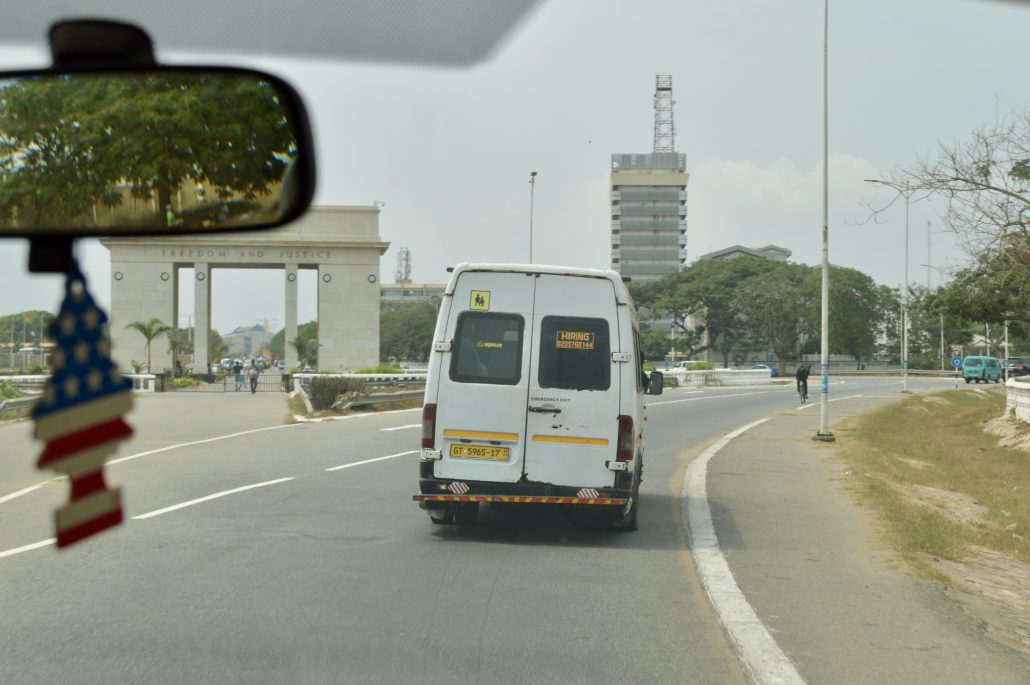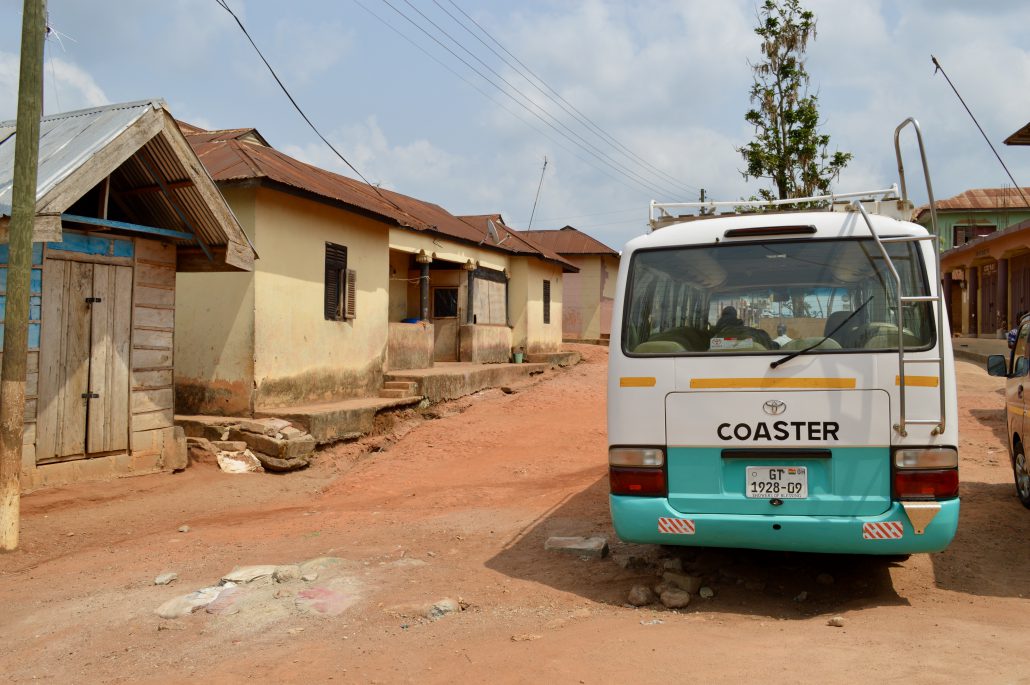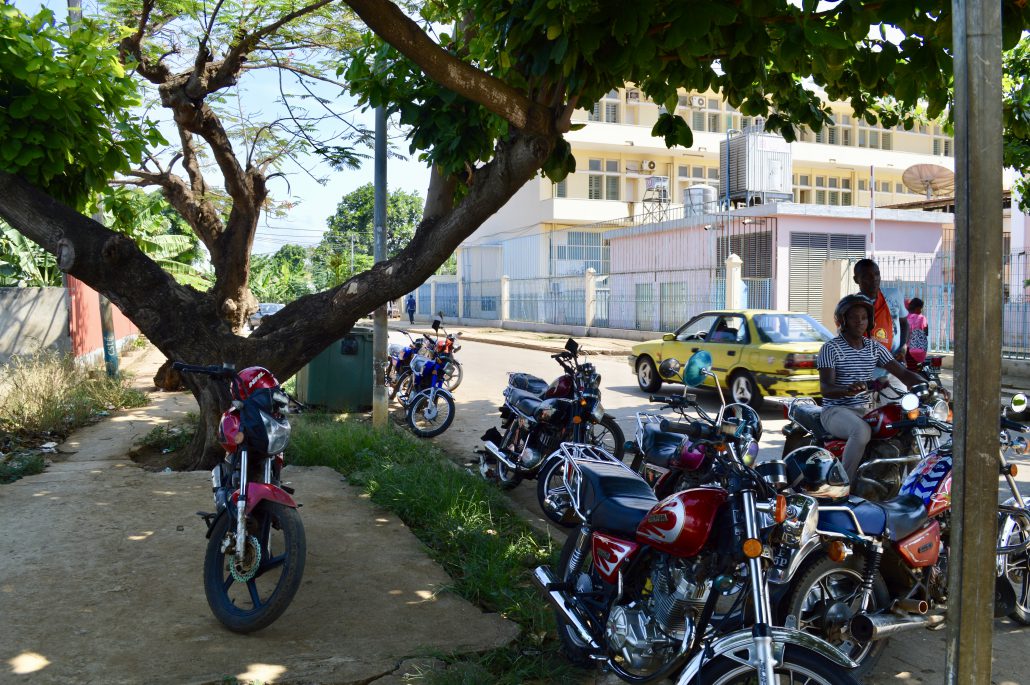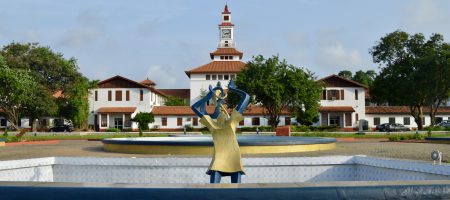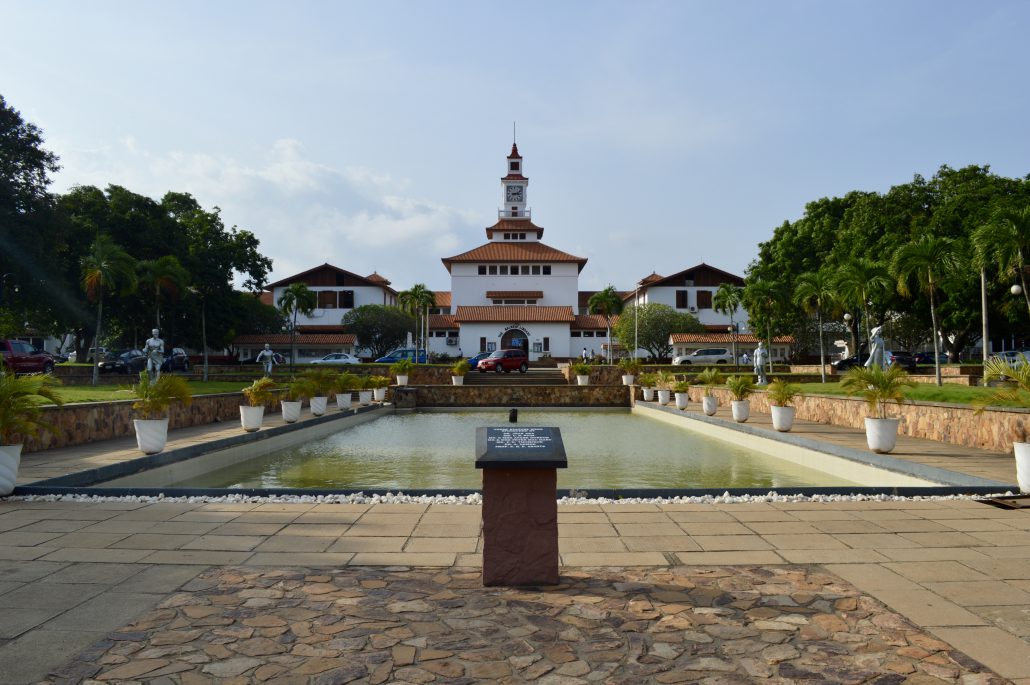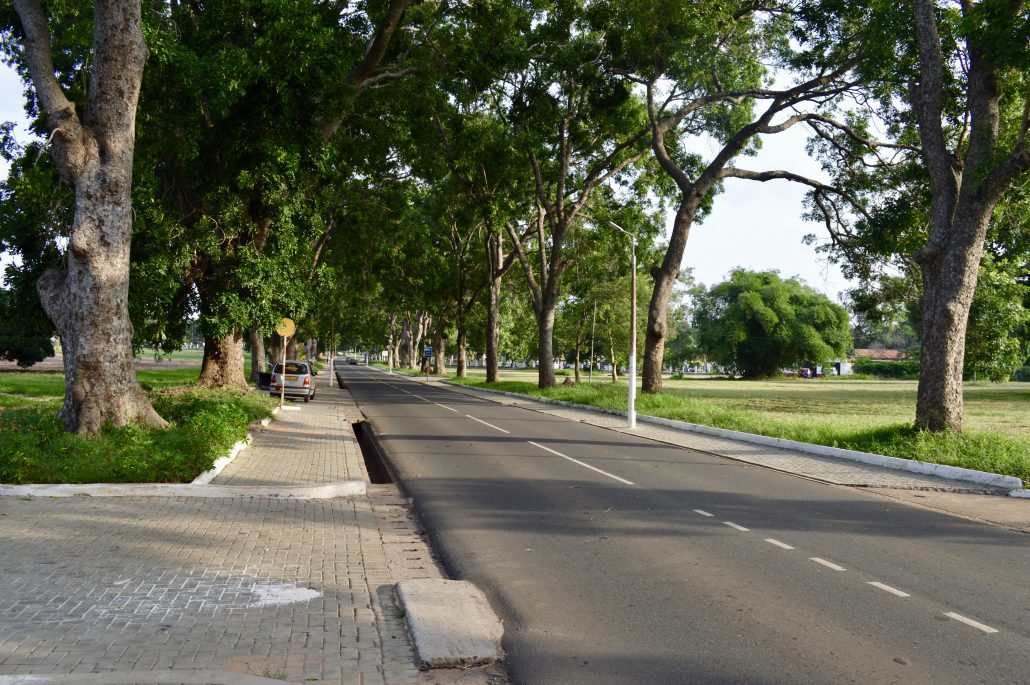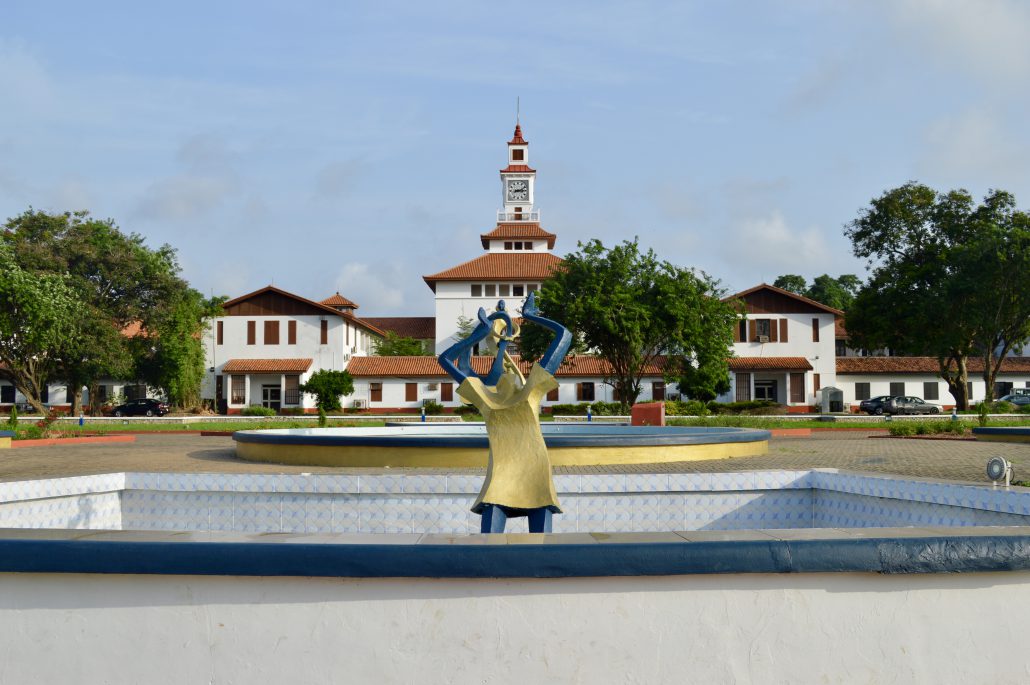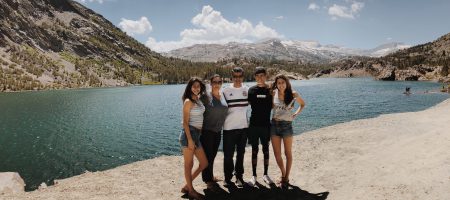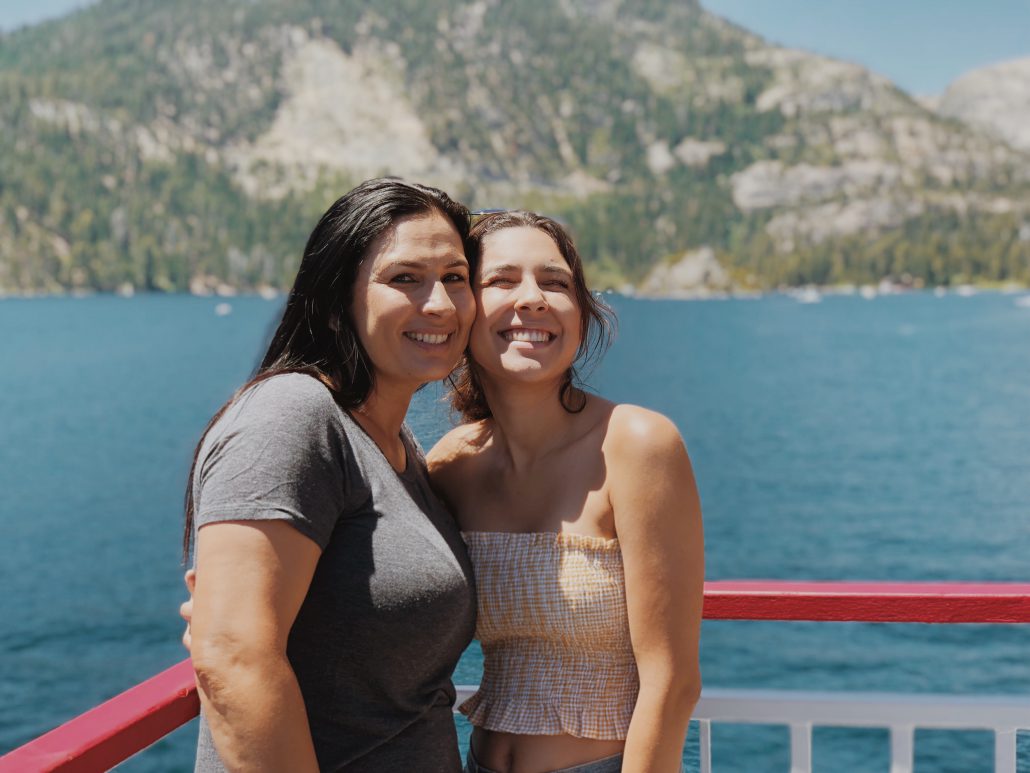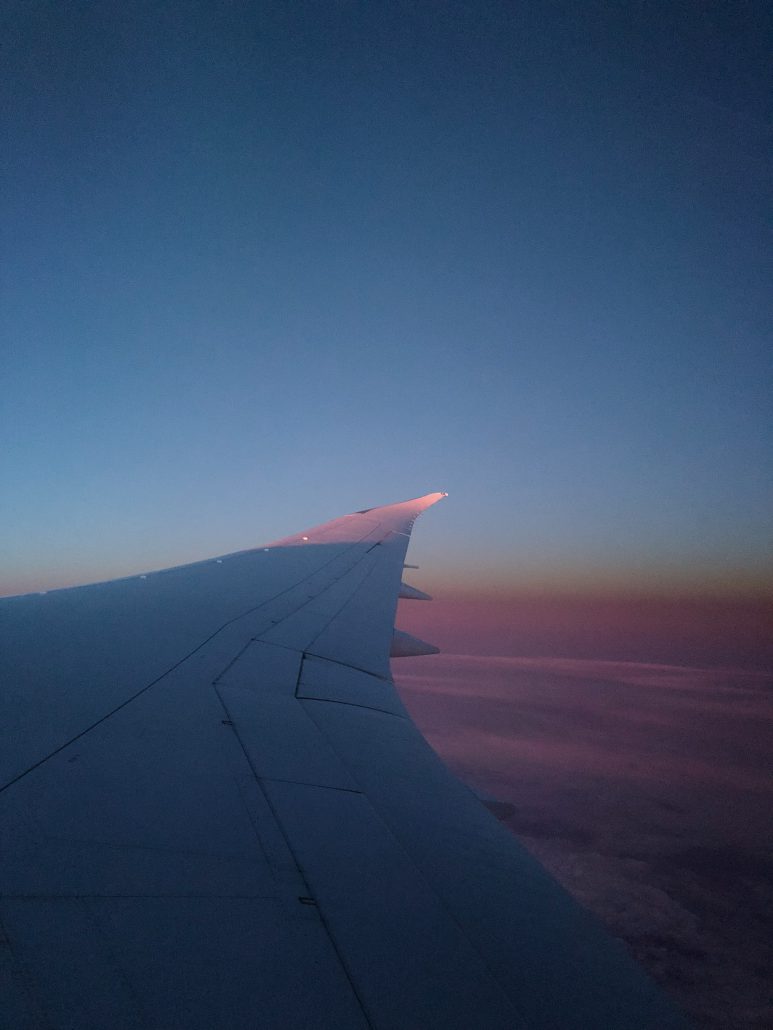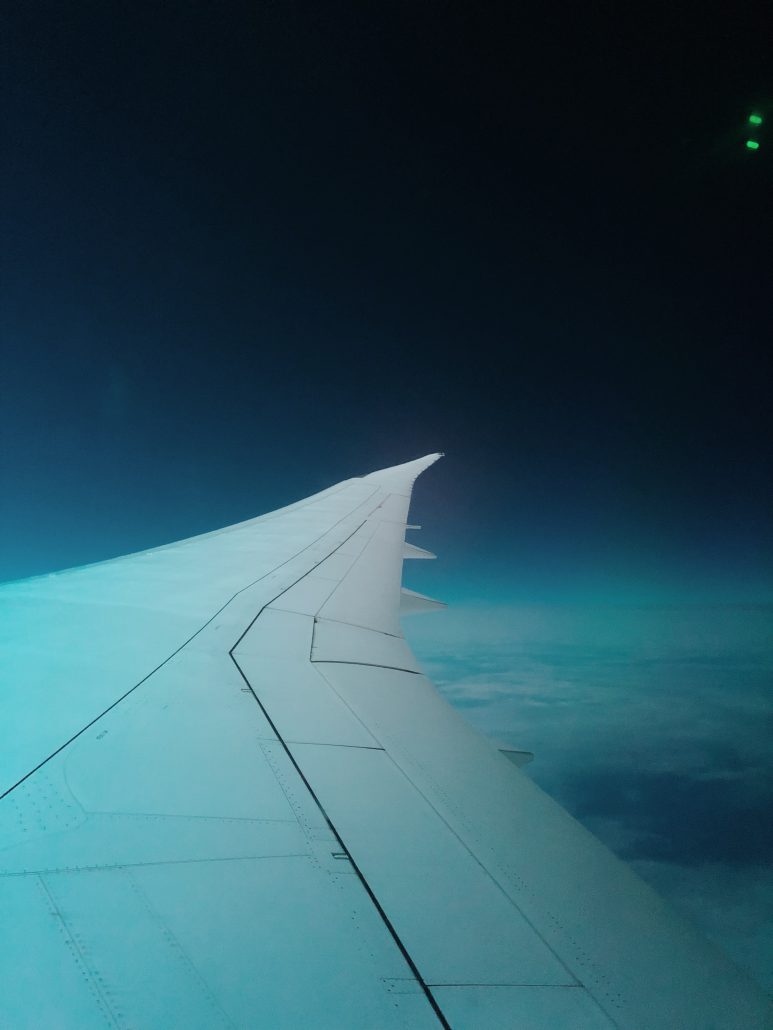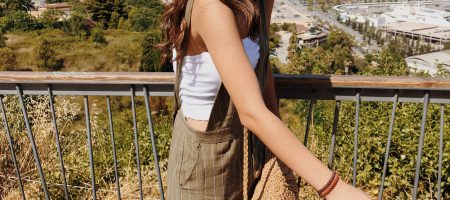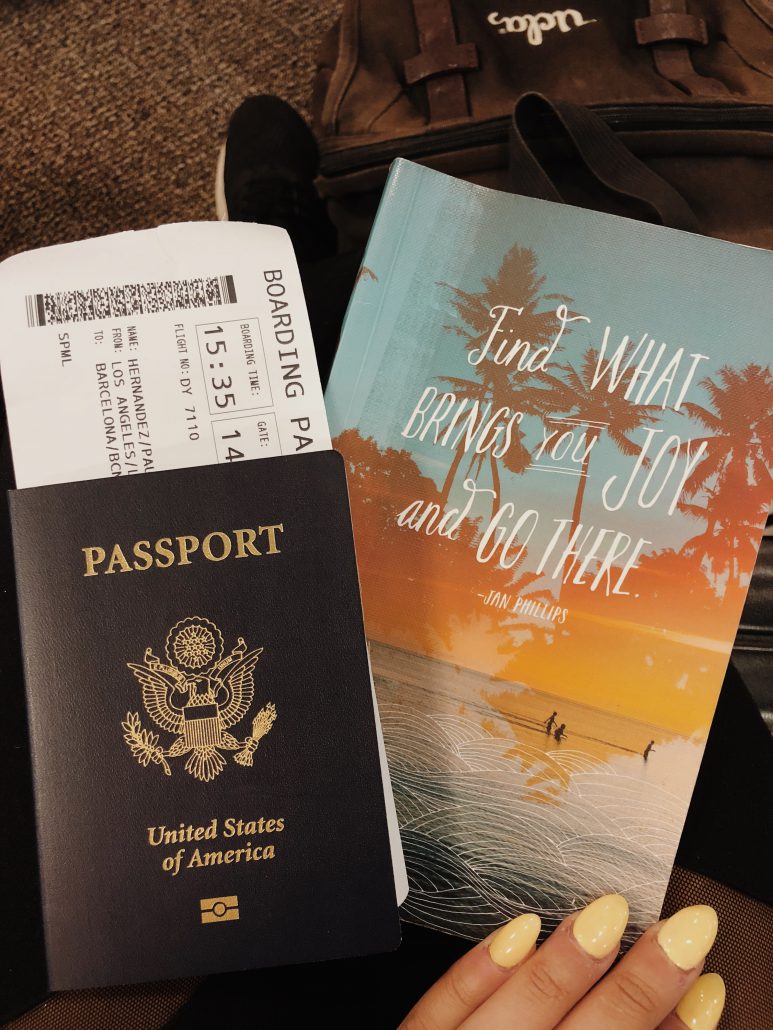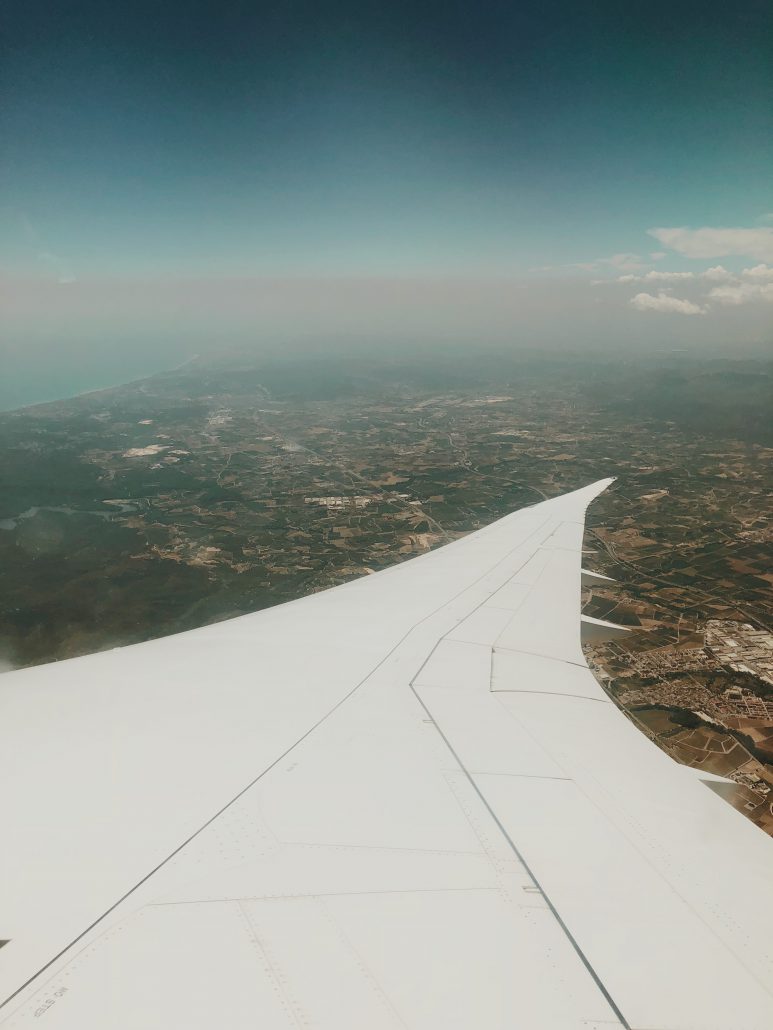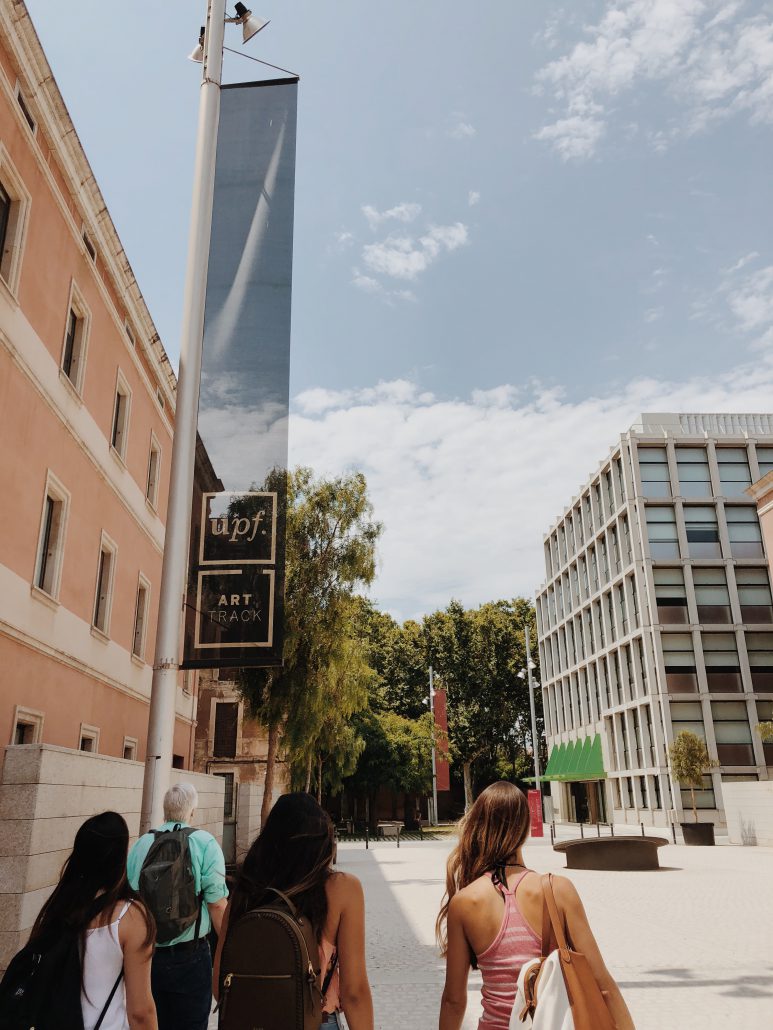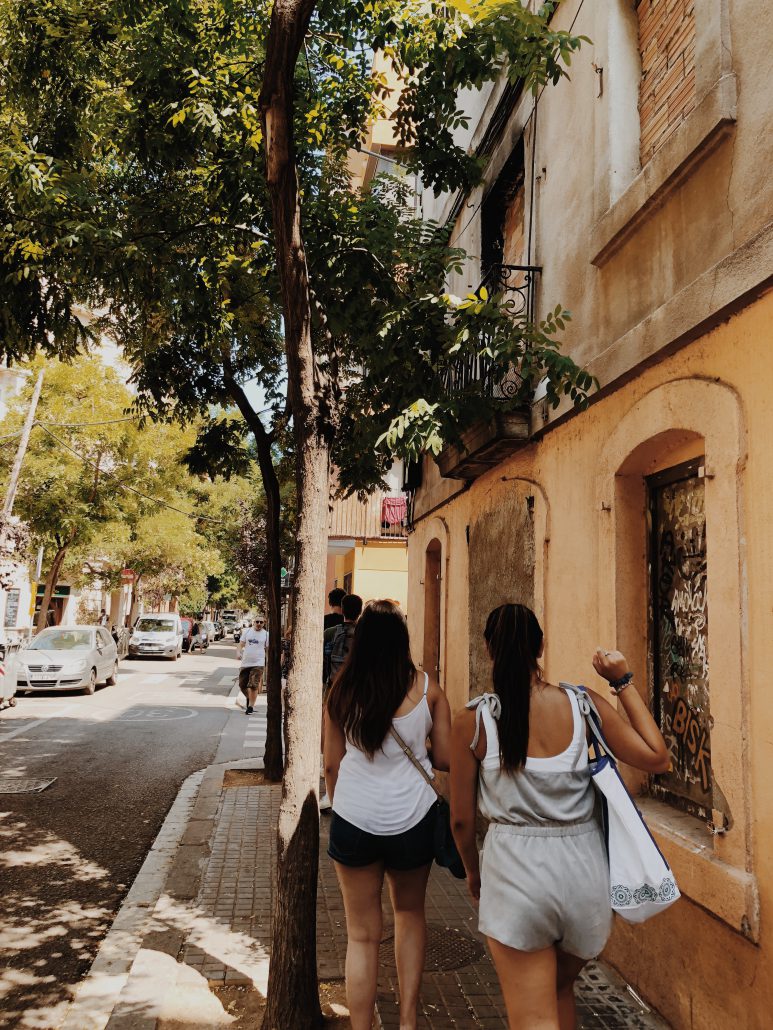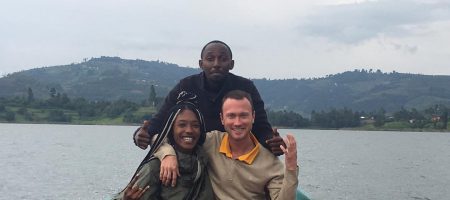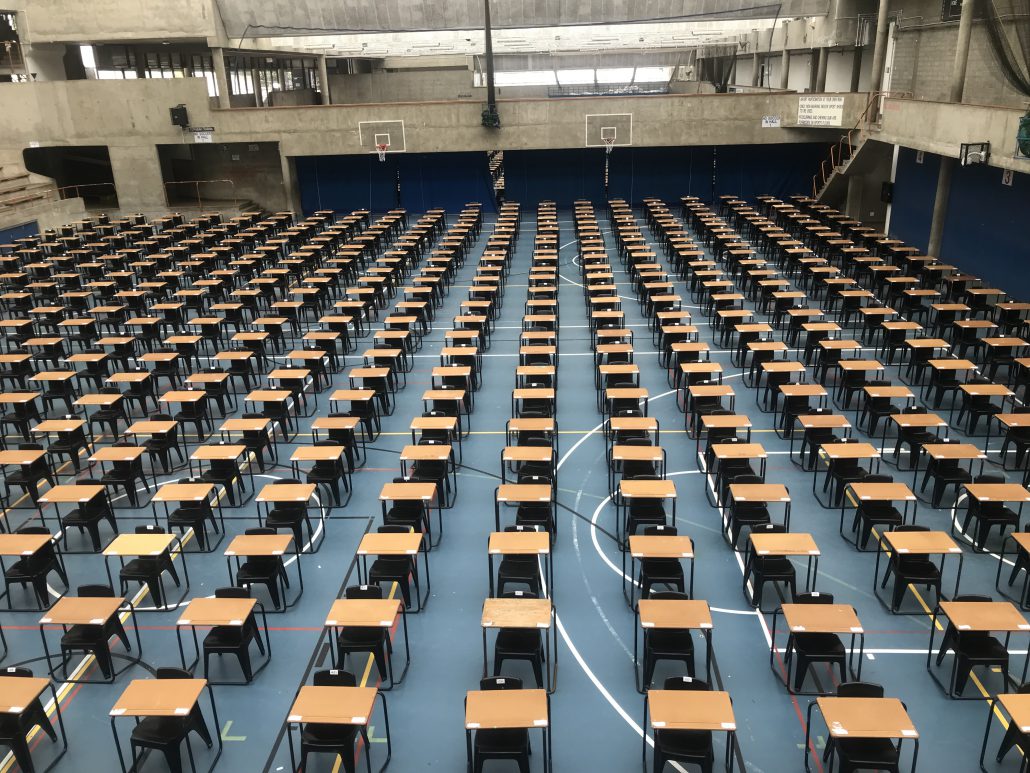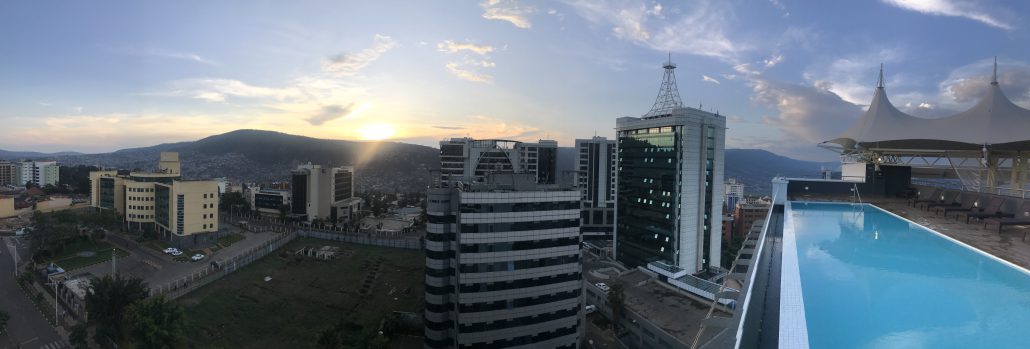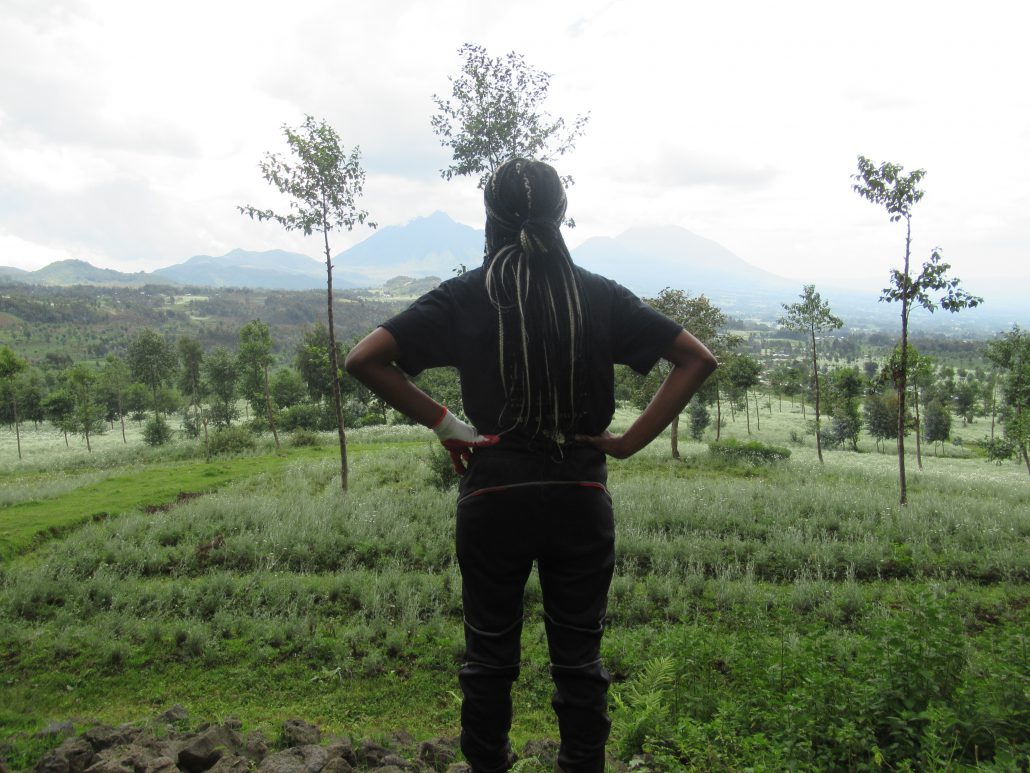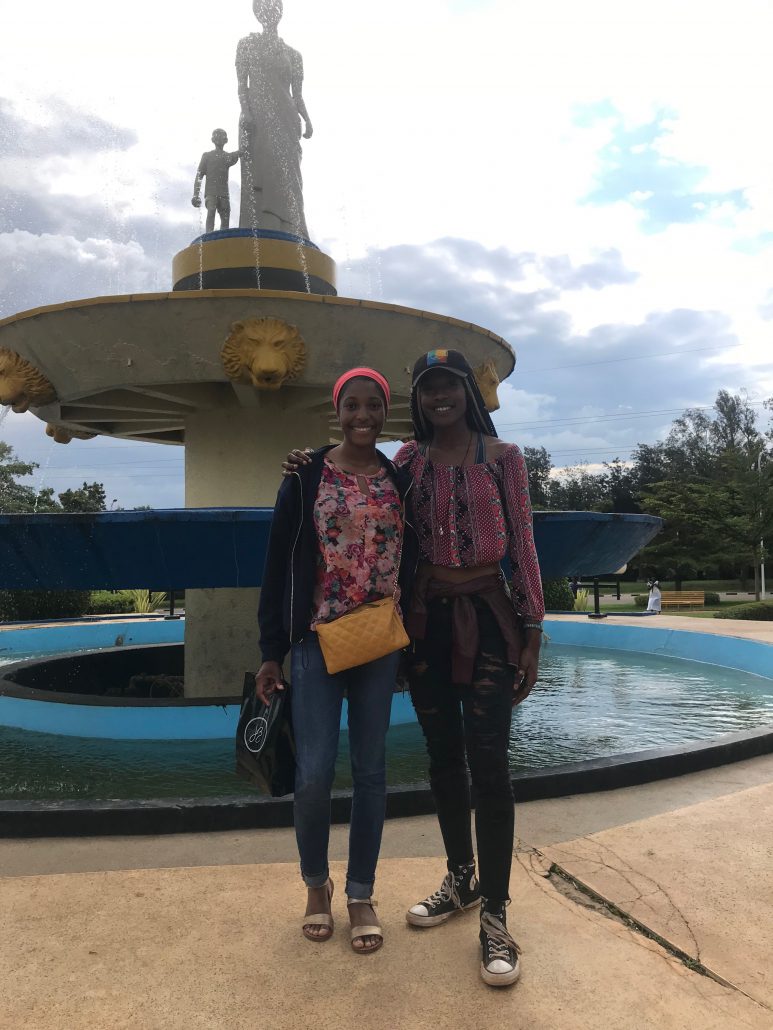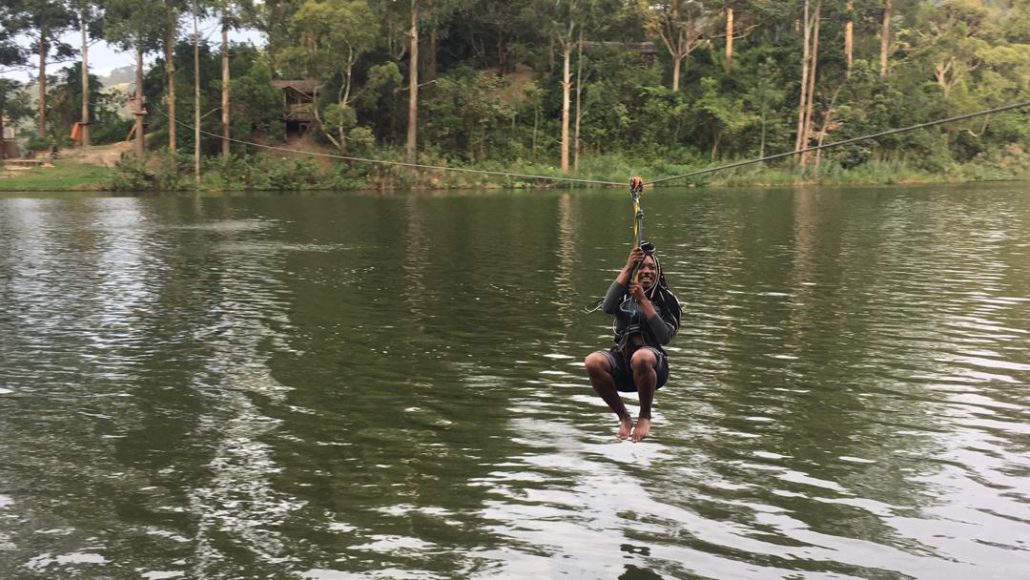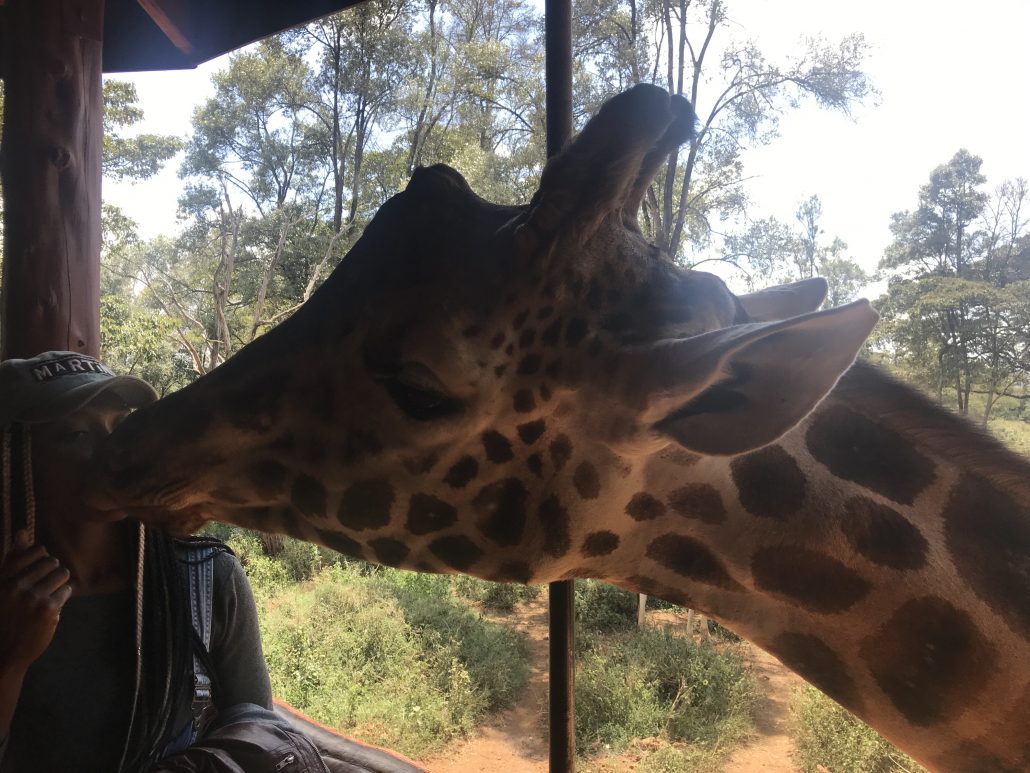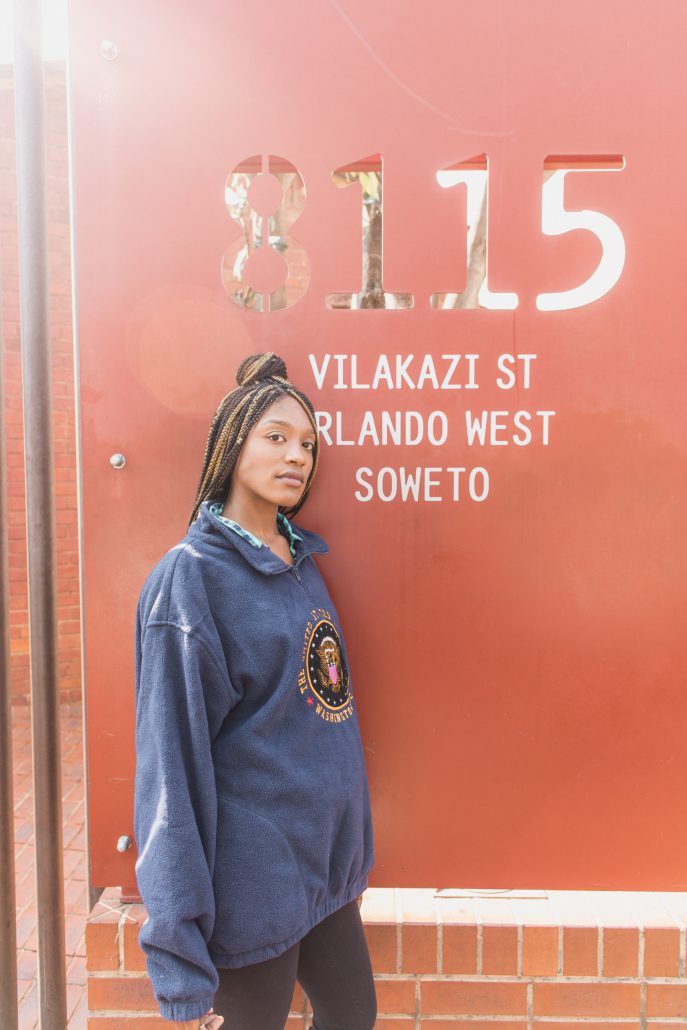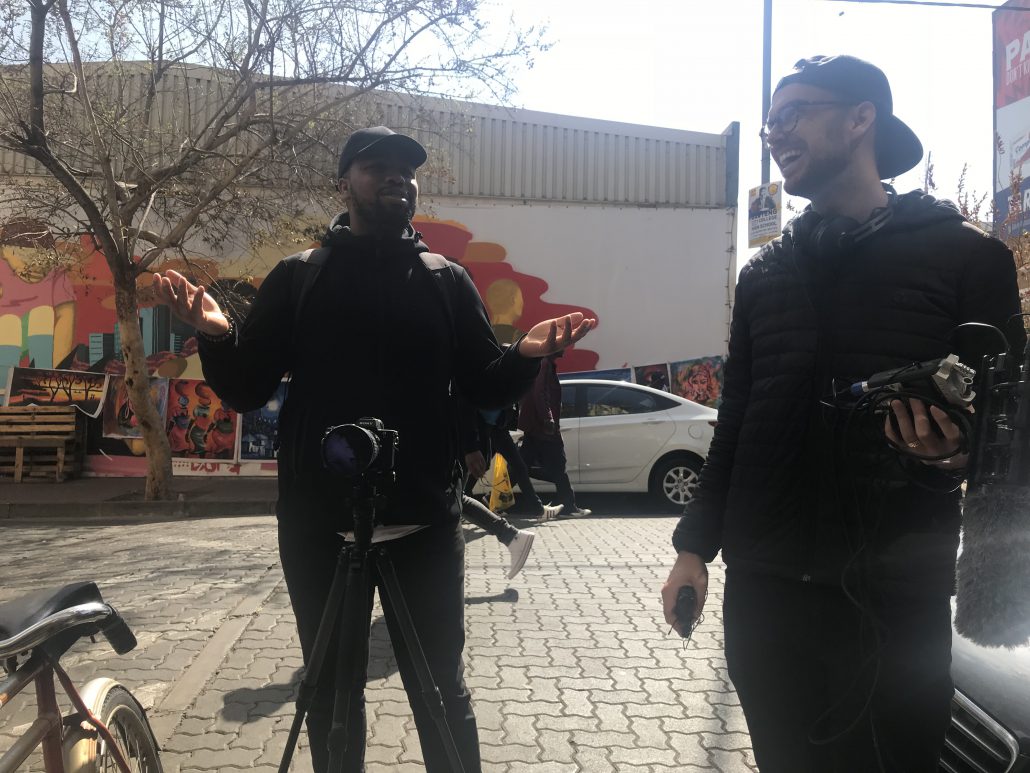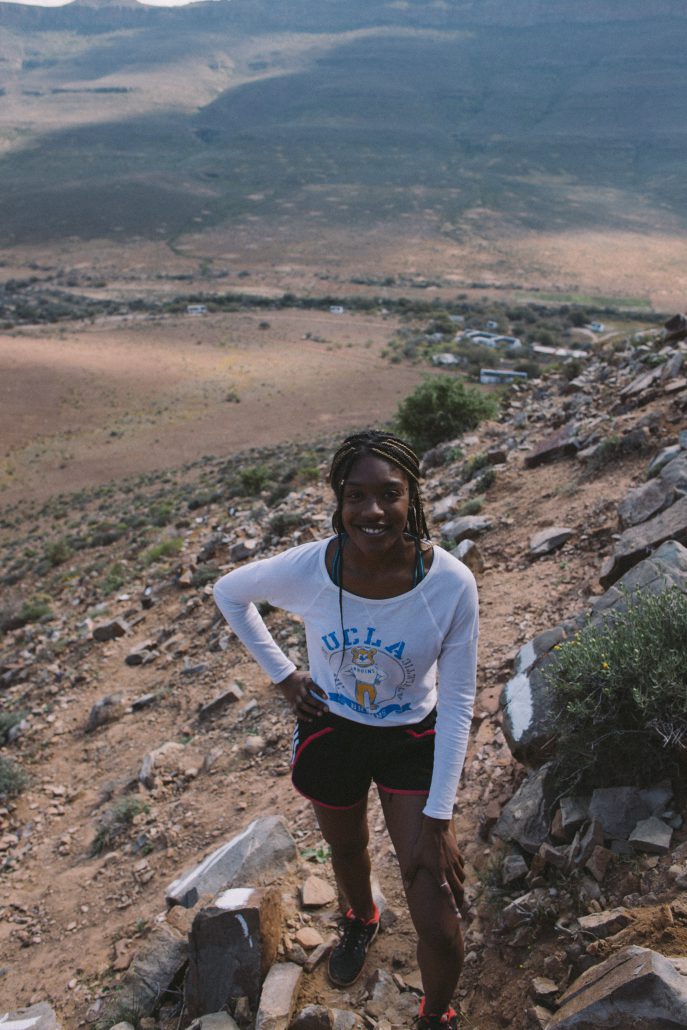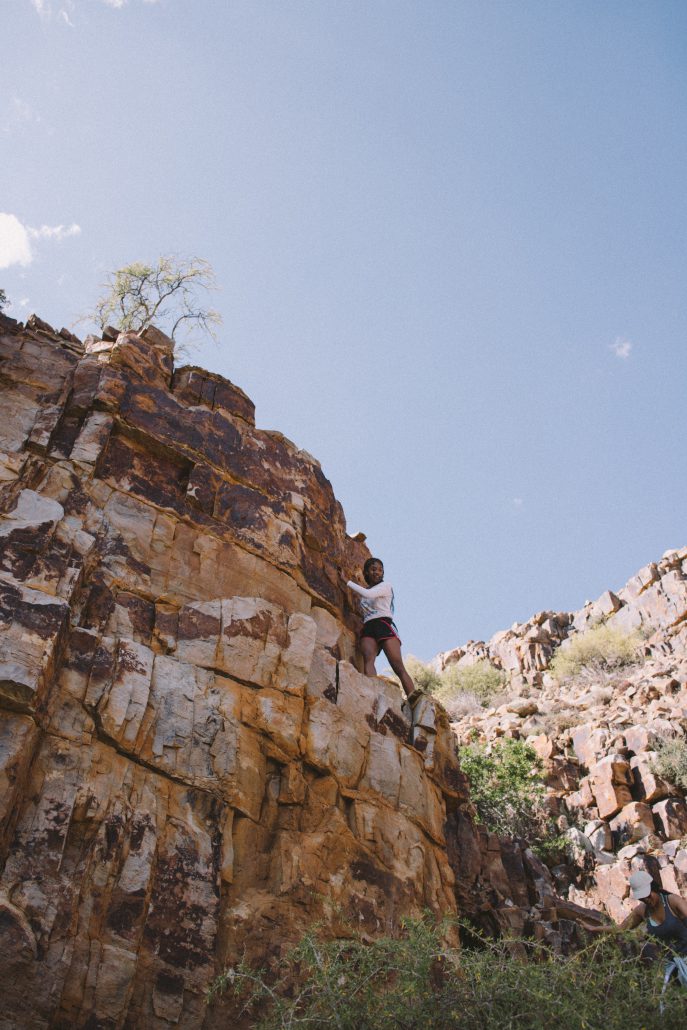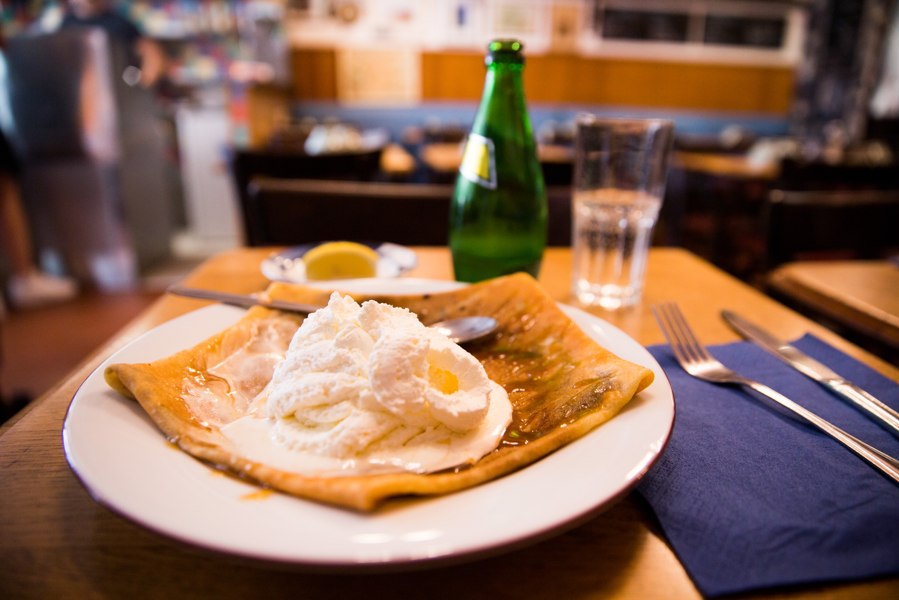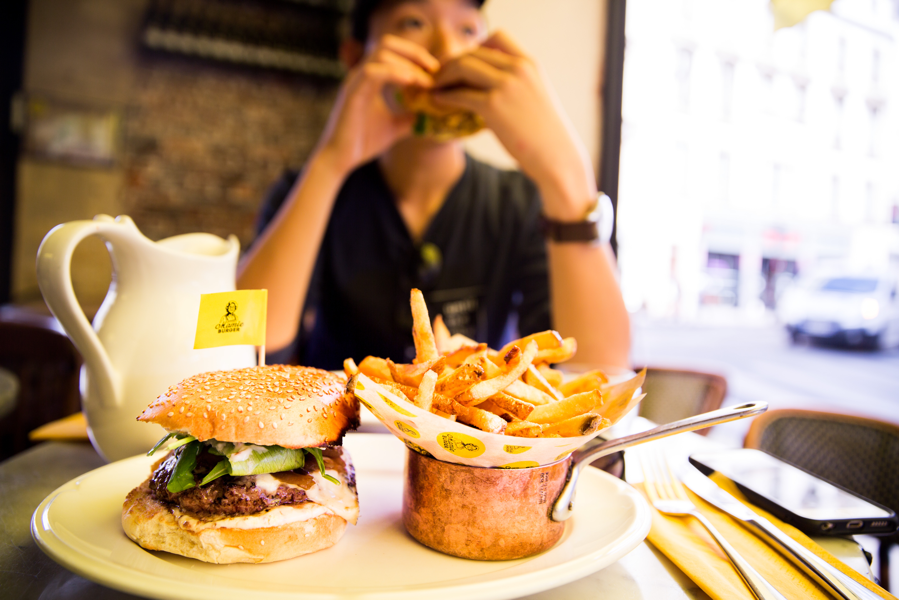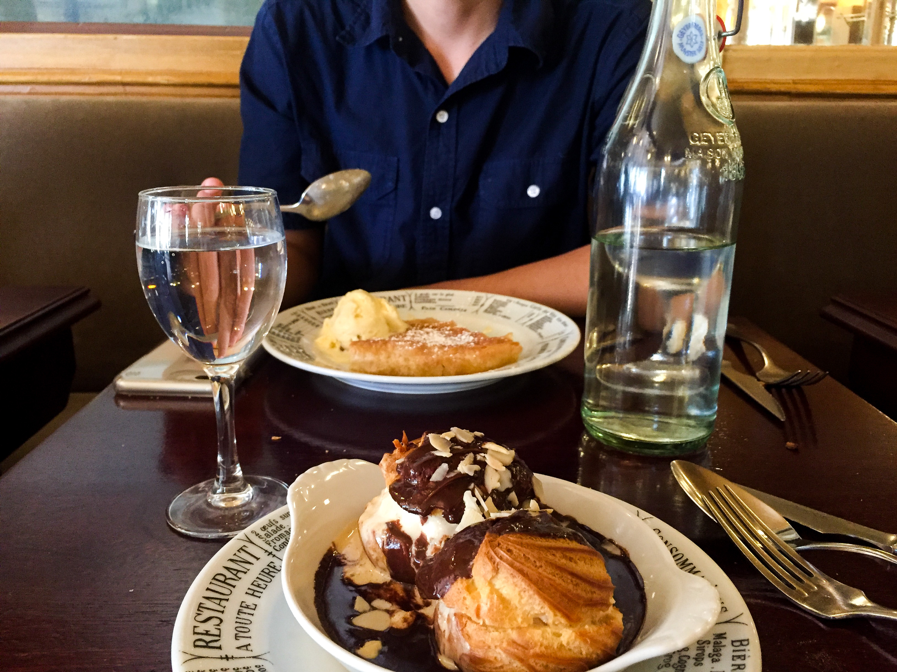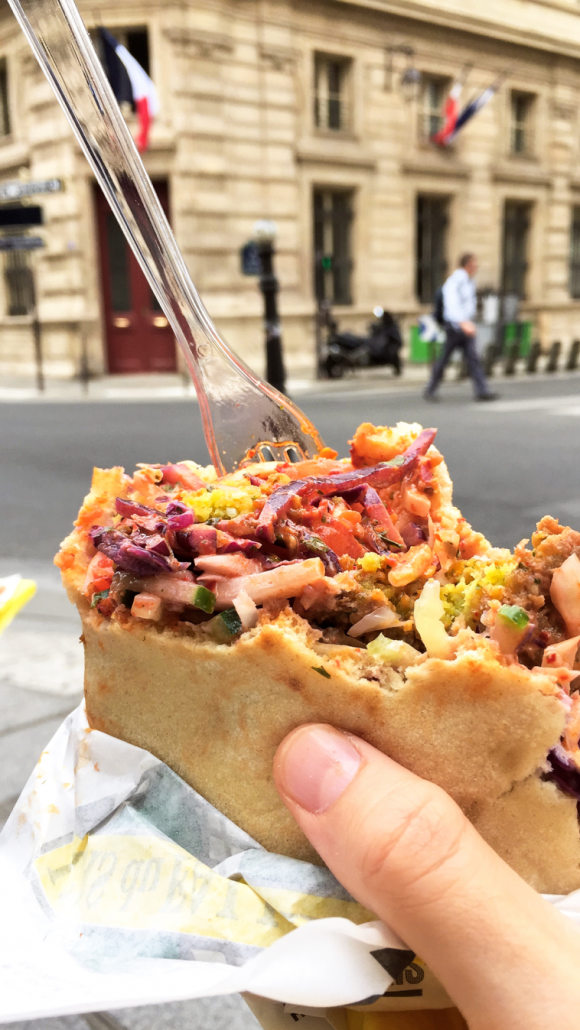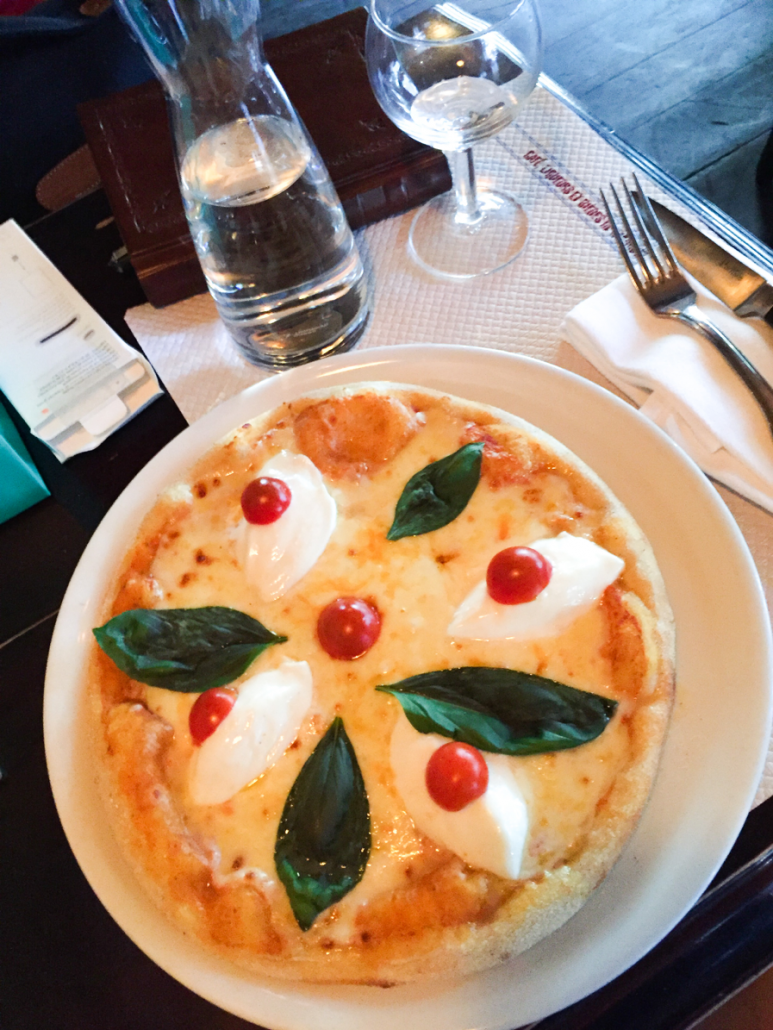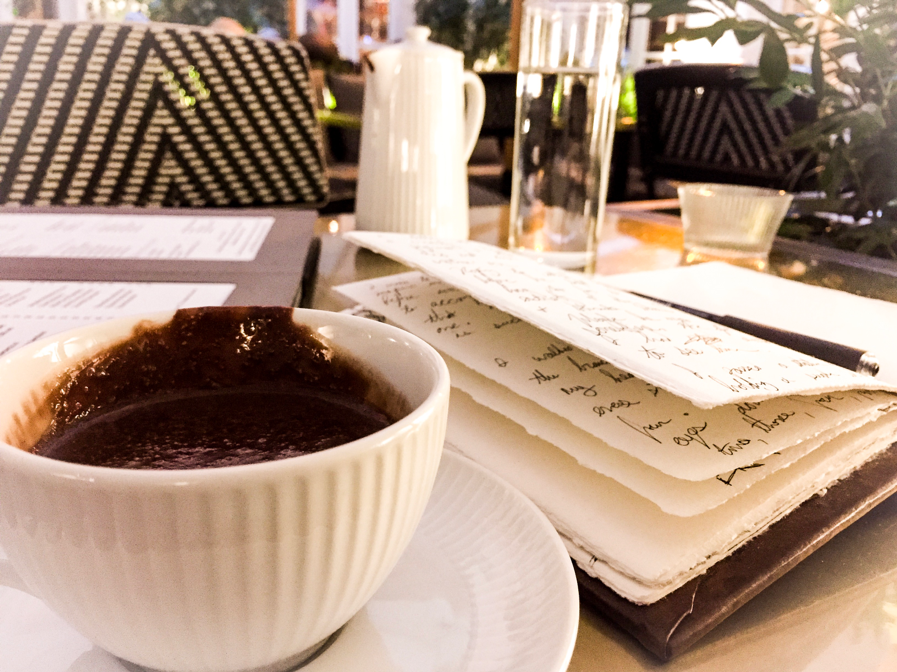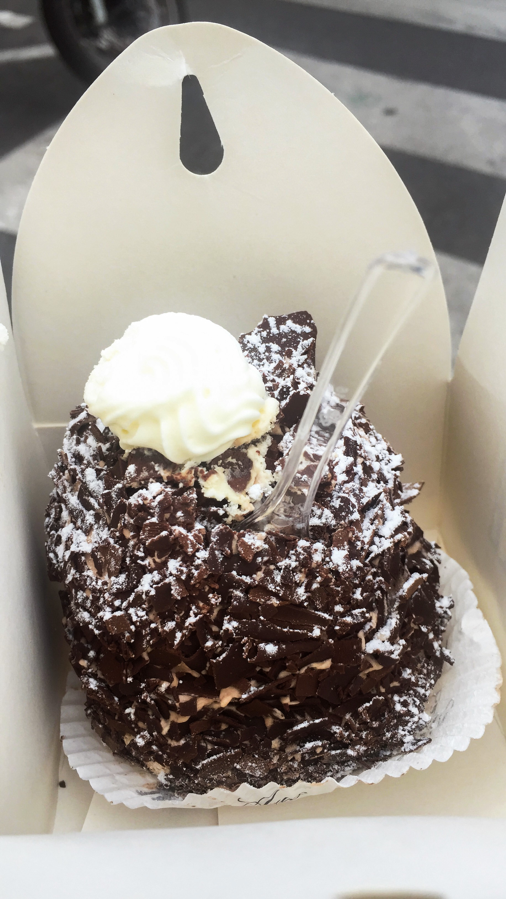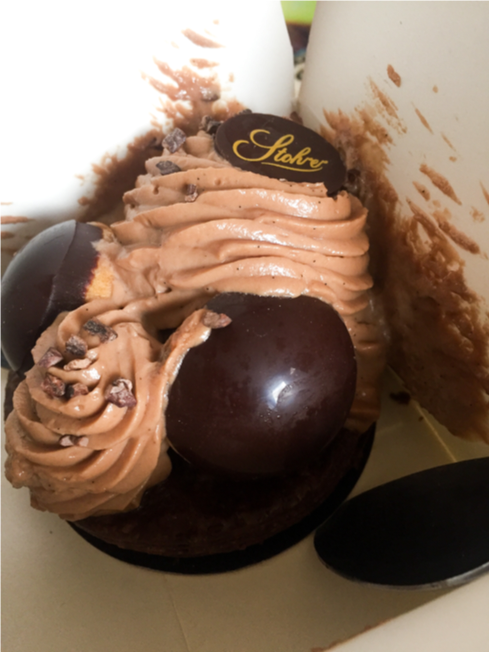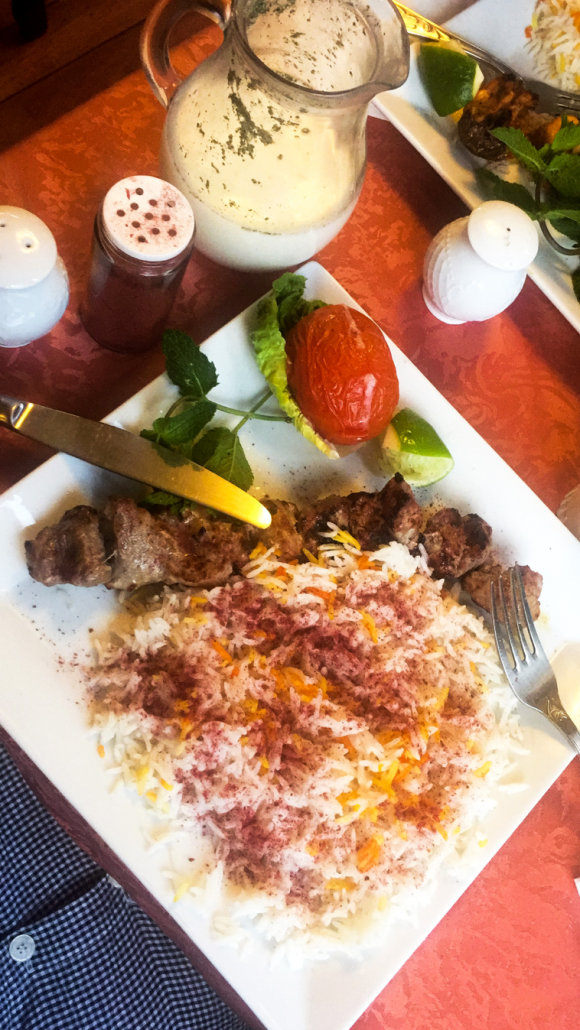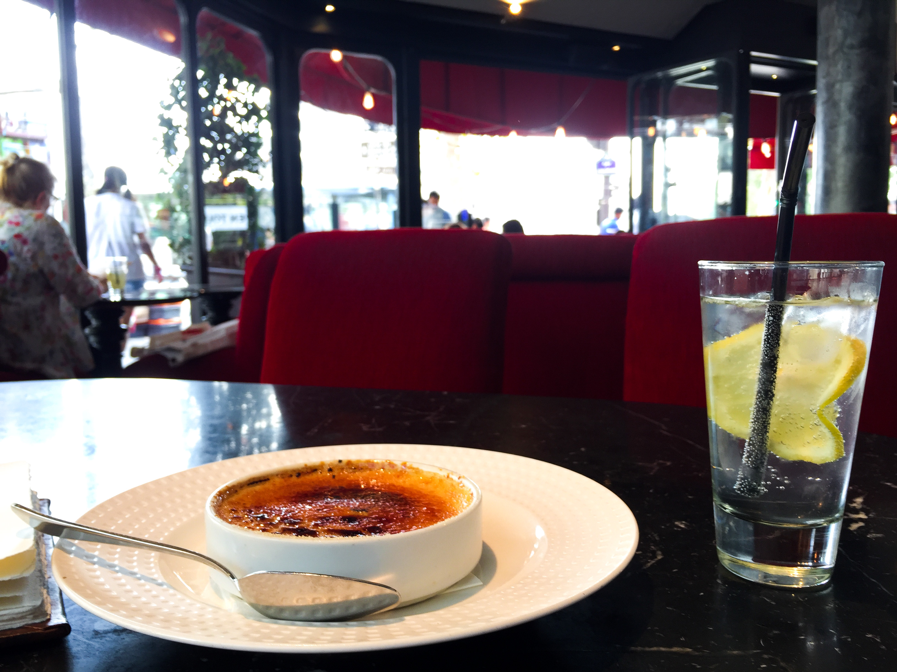Spain | The Party’s Just Begun
BY PAULINA HERNANDEZ
What do you know, another Cheetah Girls reference for ya.
But really, this is how I would express my thoughts the moment I got settled into my new residence for the next 3 ½ weeks. I got a corner room, so my roommate and I lucked out with a larger room than normal. It had 2 twin-sized beds, lots of desk space and windows, a small kitchen and a bathroom. The evening I landed Barcelona, we had a short orientation with the professor and TA going over the unique layout of the course — which included a guided tour of the city the following afternoon!
One of the coolest parts of this program is that half the time, our classroom is the city and country itself via tours. Luckily, this city tour included all the major ‘touristy’ attractions Barcelona has to offer, so we easily got to check them off our list right at the beginning. It was great because the I didn’t feel pressured to go see these all the remaining of the trip on my own time. Here are some of the places we got to visit ?
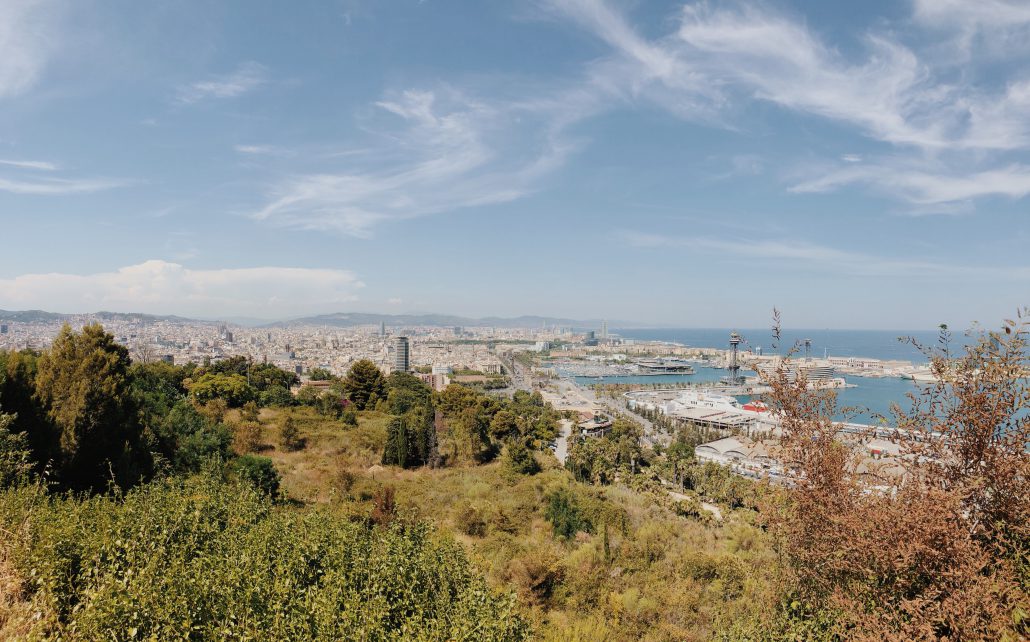
Montjuic
Montjuic is a mountain that stands over the city. It literally translates to “Jewish Mountain” because that is where the Jews were thought to settle in the late 1400s. It was the first time I got a good look at the skyline as our tour guide was pointing out particular buildings and areas I would soon come to know on my own.
There were people selling souvenirs, which was common to find in this tourist attractions. Others were just picnicking on the hill or set out blankets to relax and enjoy the view among good company. Our tour guide continued to tell us about the Olympic Stadium that was reconstructed for the 1992 Olympics that were held in Barcelona and practically reshaped the image of the city to the world. It is now currently used for concerts, sporting events, or music festivals.

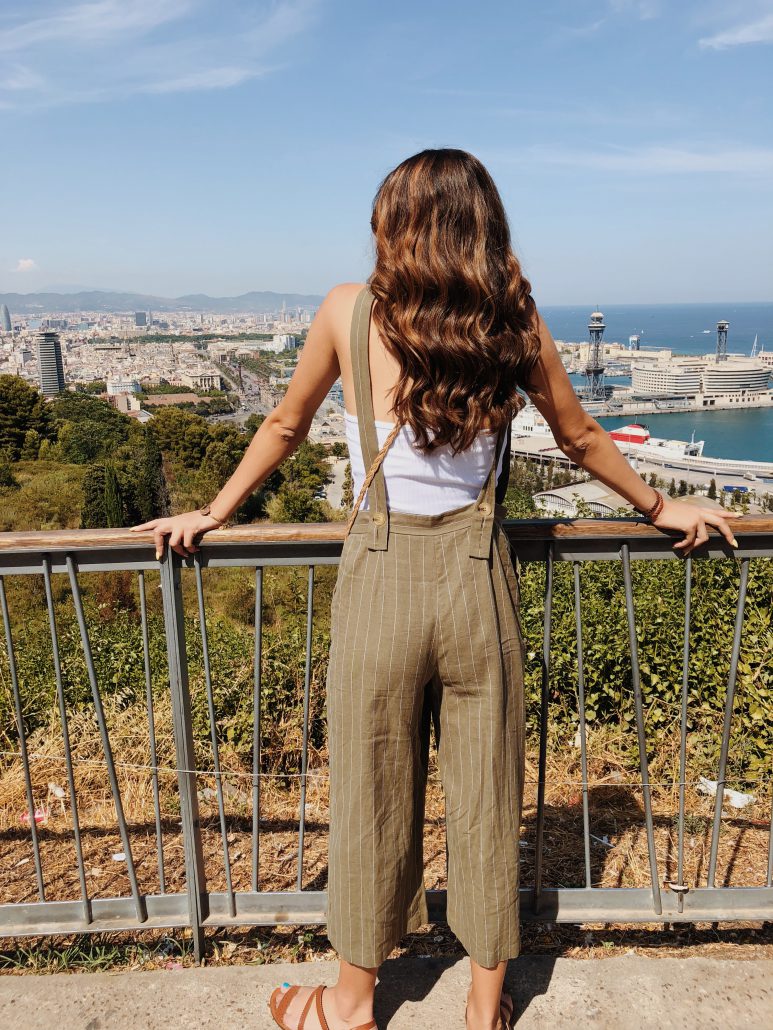
Park Güell
This place was the one I was most excited to see for various iconic Cheetah Girls 2 reasons (y’all thought I was kidding huh?). It was created by Antoni Gaudi, whose work I soon began to recognize and fall in love with. He has this style of organic architecture that was inspired by the idea that nature was a creation of God.
Park Güell was originally built for residential housing, hoping that the wealthy families would want to live up on the hill with one of the best views of Barcelona. Unfortunately only a couple of families bought into this idea, so the remaining space was decided to be used as a public park. The beautiful arches and artwork of Gaudi, including the fairytale-looking houses and mosaic dragon, can all be seen here!
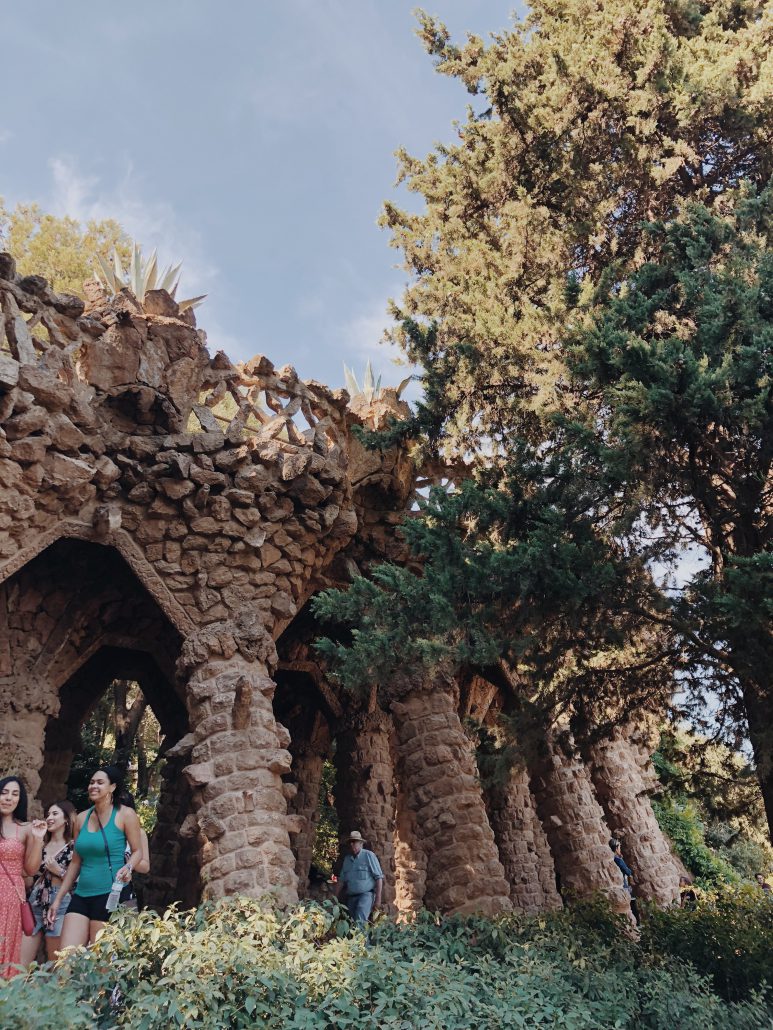
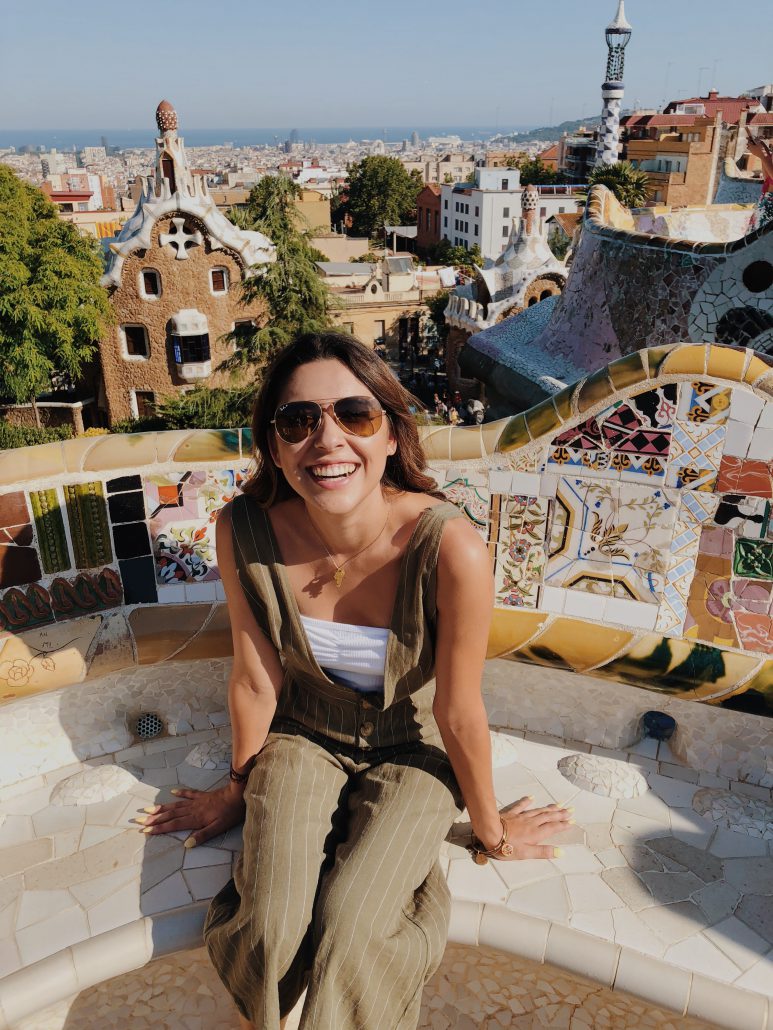
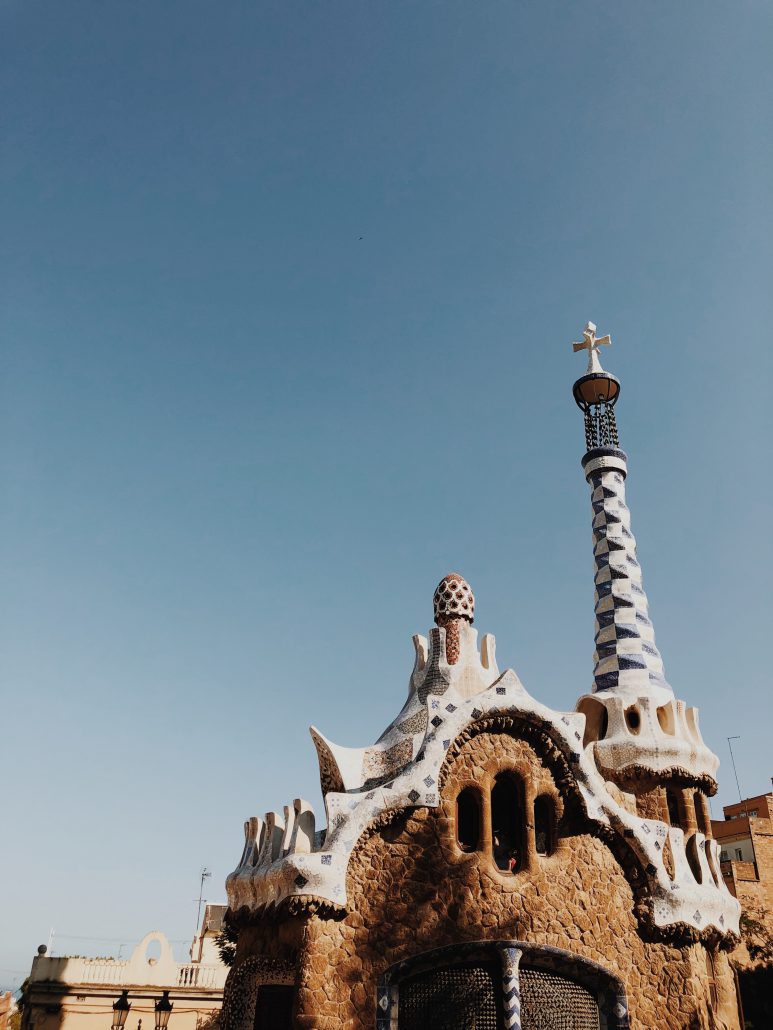
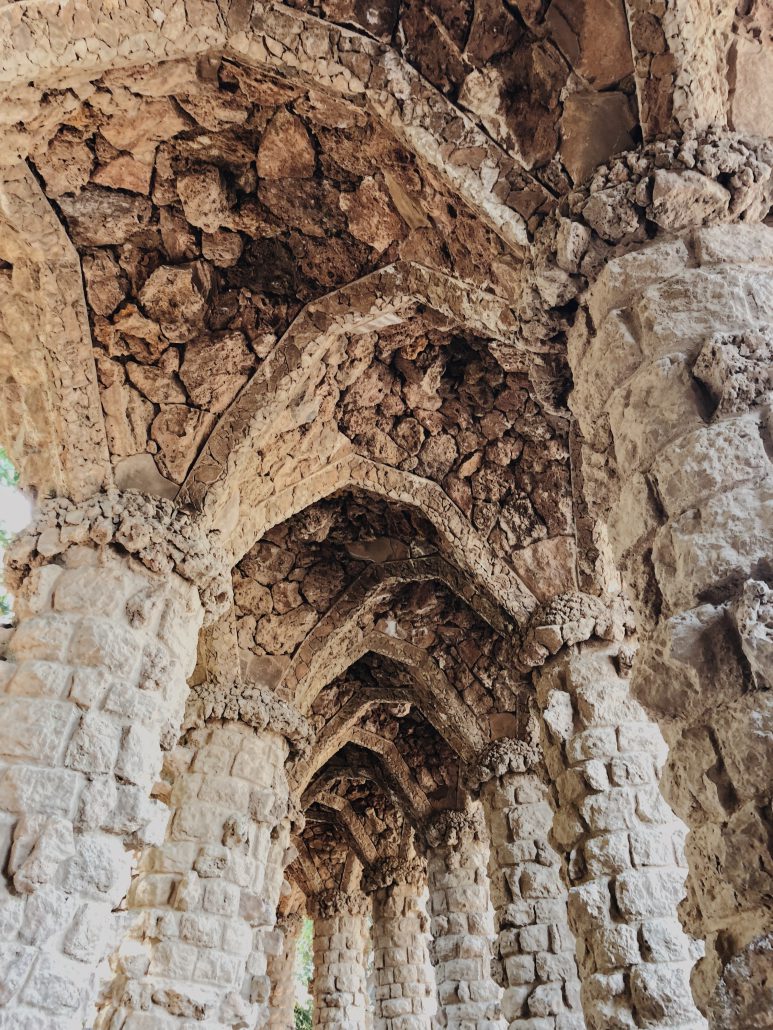
Sagrada Familia
The Sagrada Familia is probably one of the most iconic landmarks of Barcelona today, and Gaudi’s most well-known masterwork — it just so happens to not be finished yet. It has remained an active church, except for during the Spanish Civil War period. The construction of this beautiful monument began in 1882 until Gaudi took over in 1883 and worked on it until the end of his life. It is still a continued project and is now projected to be completed in 2026!
From a birds-eye view, the finished shape of the church is supposed to be the cross. There are going to be 3 facades once it is finished representing The Nativity, The Passion and The Glory. Staring at the Sagrada Familia, you can see the endless details all around. One of the clearest views of the church is from the Plaza de Gaudi.
Paulina Hernandez studied abroad in Barcelona, Spain in summer 2018: https://ieo.ucla.edu/travelstudy/span-barcelona/


